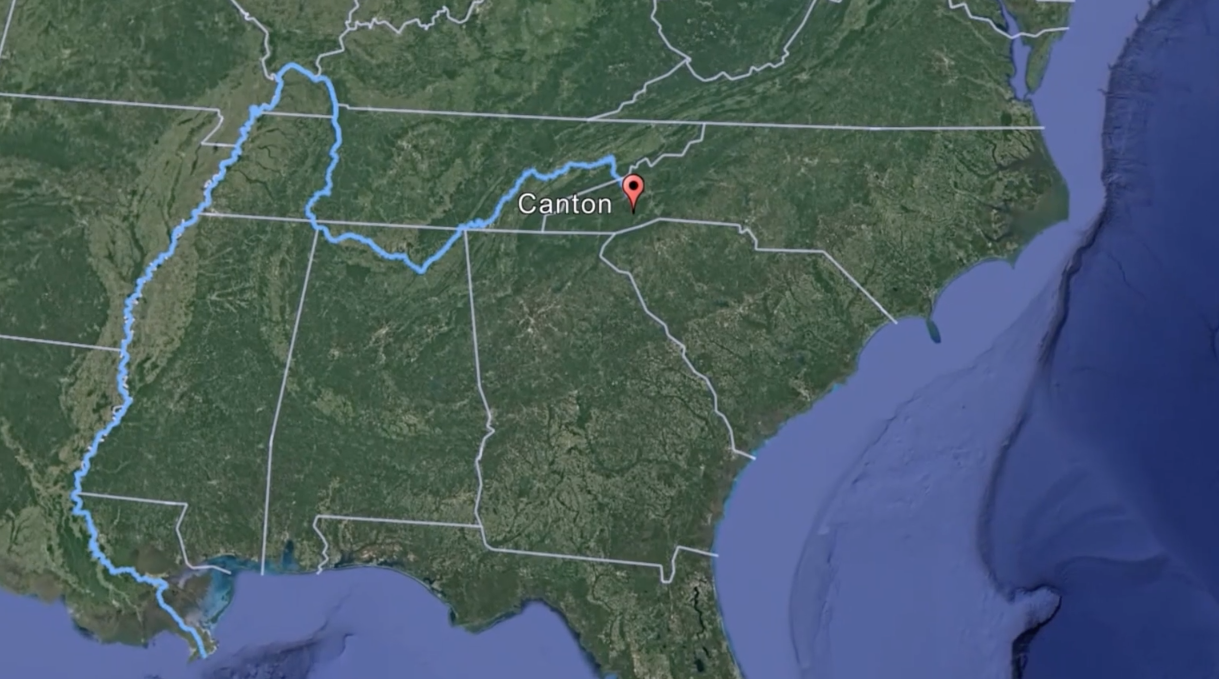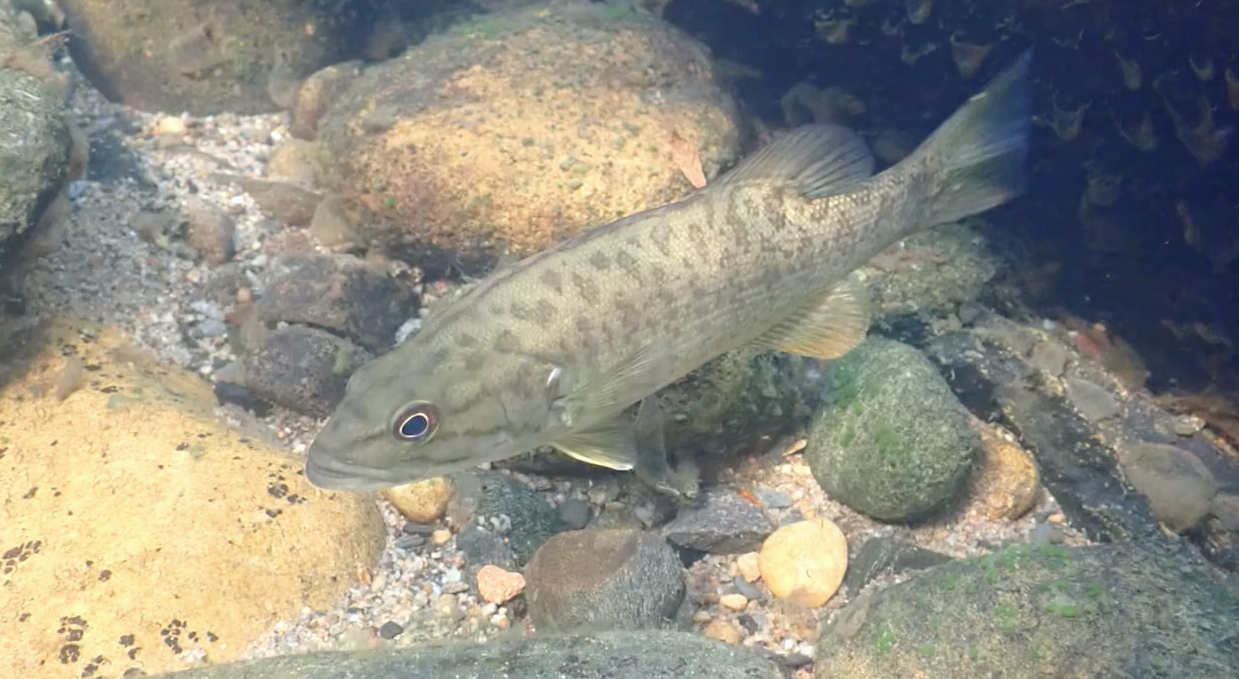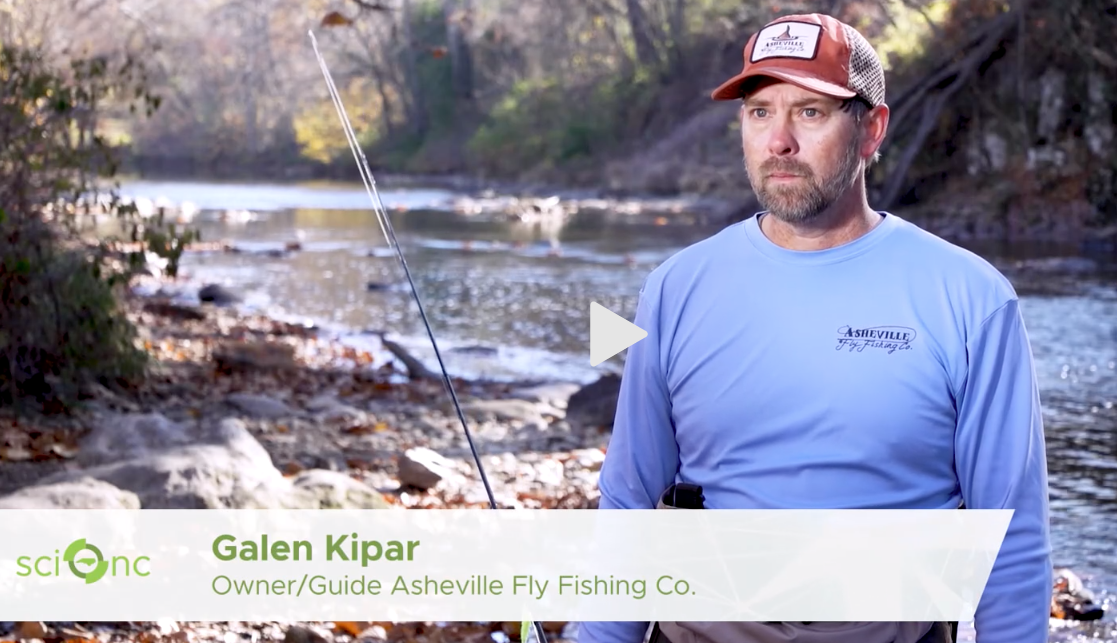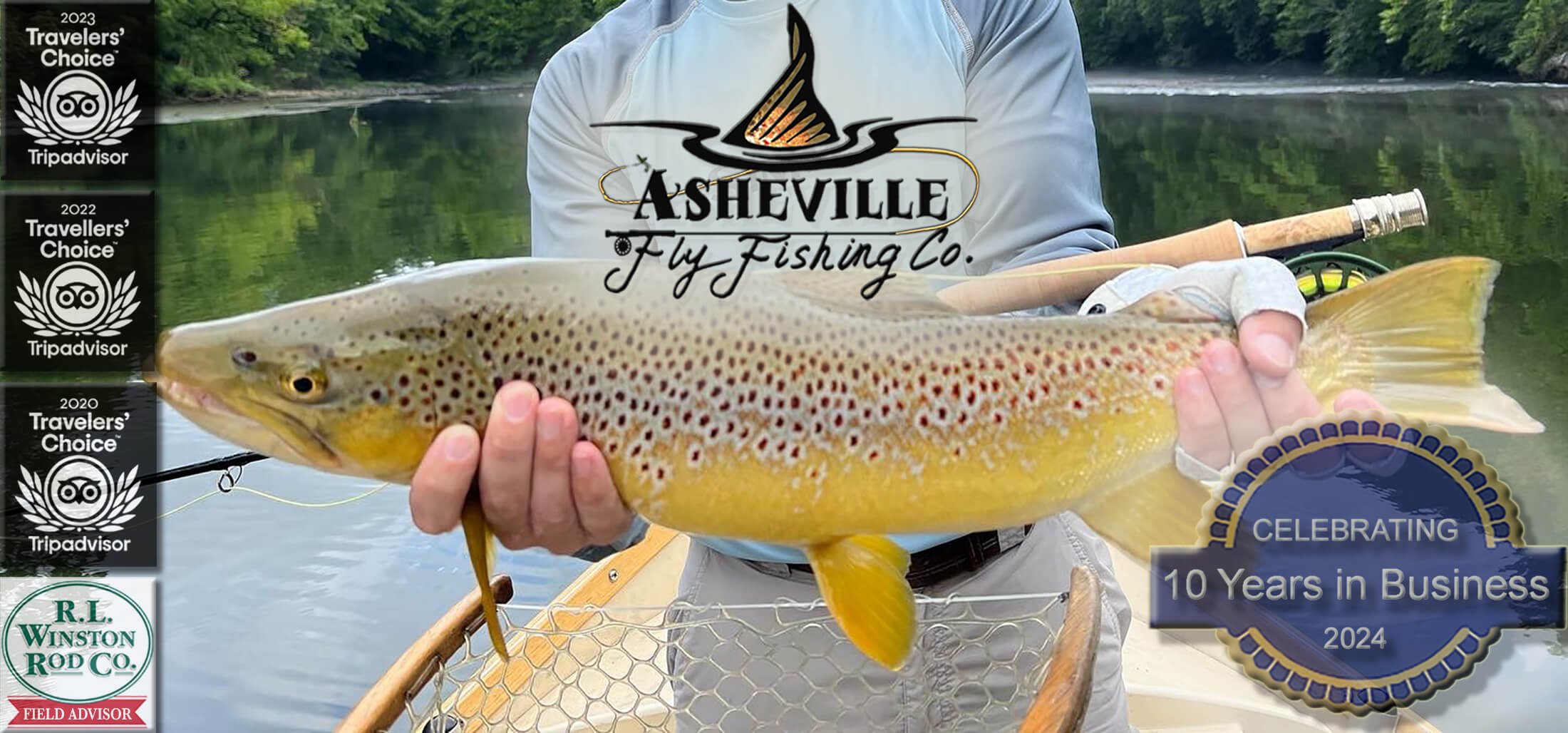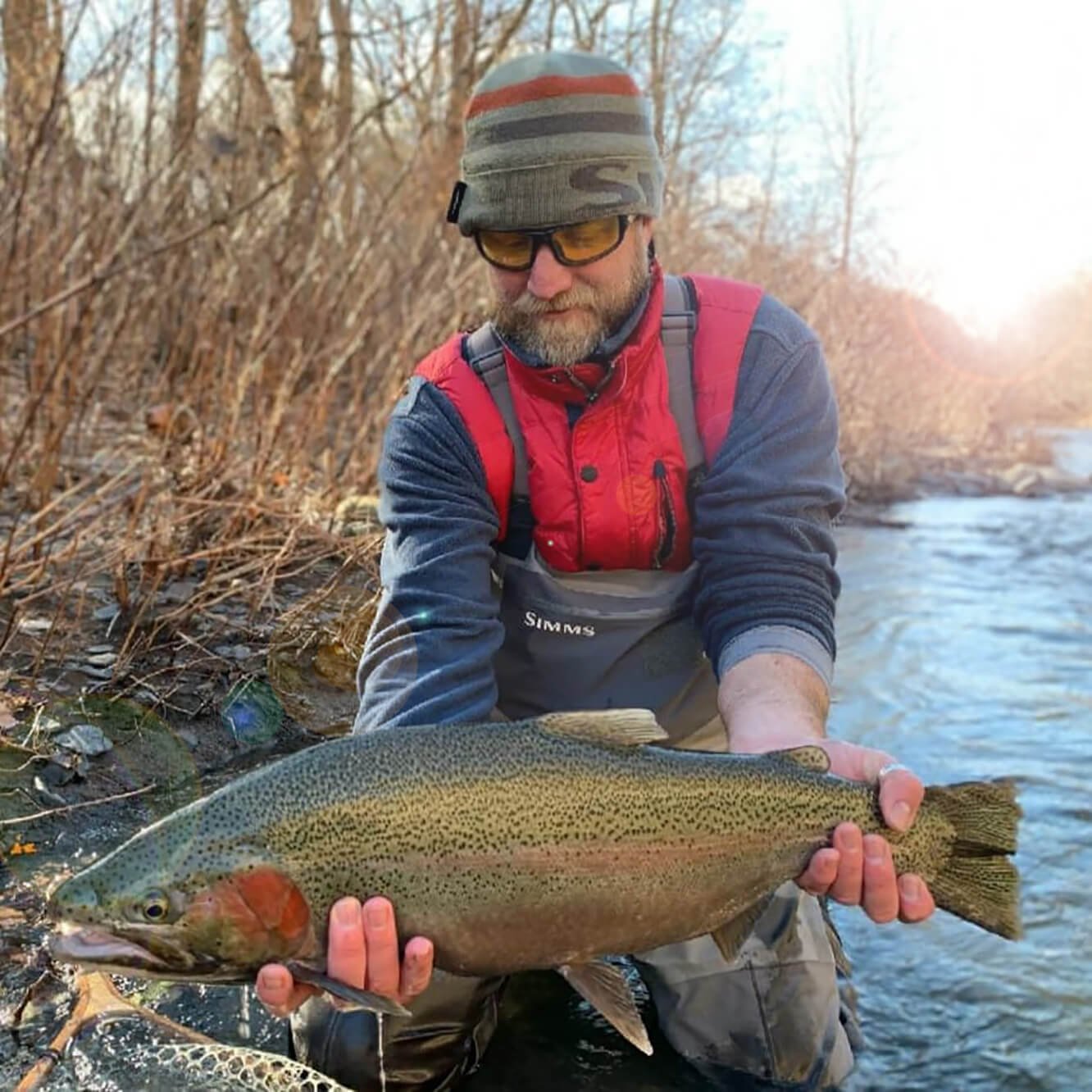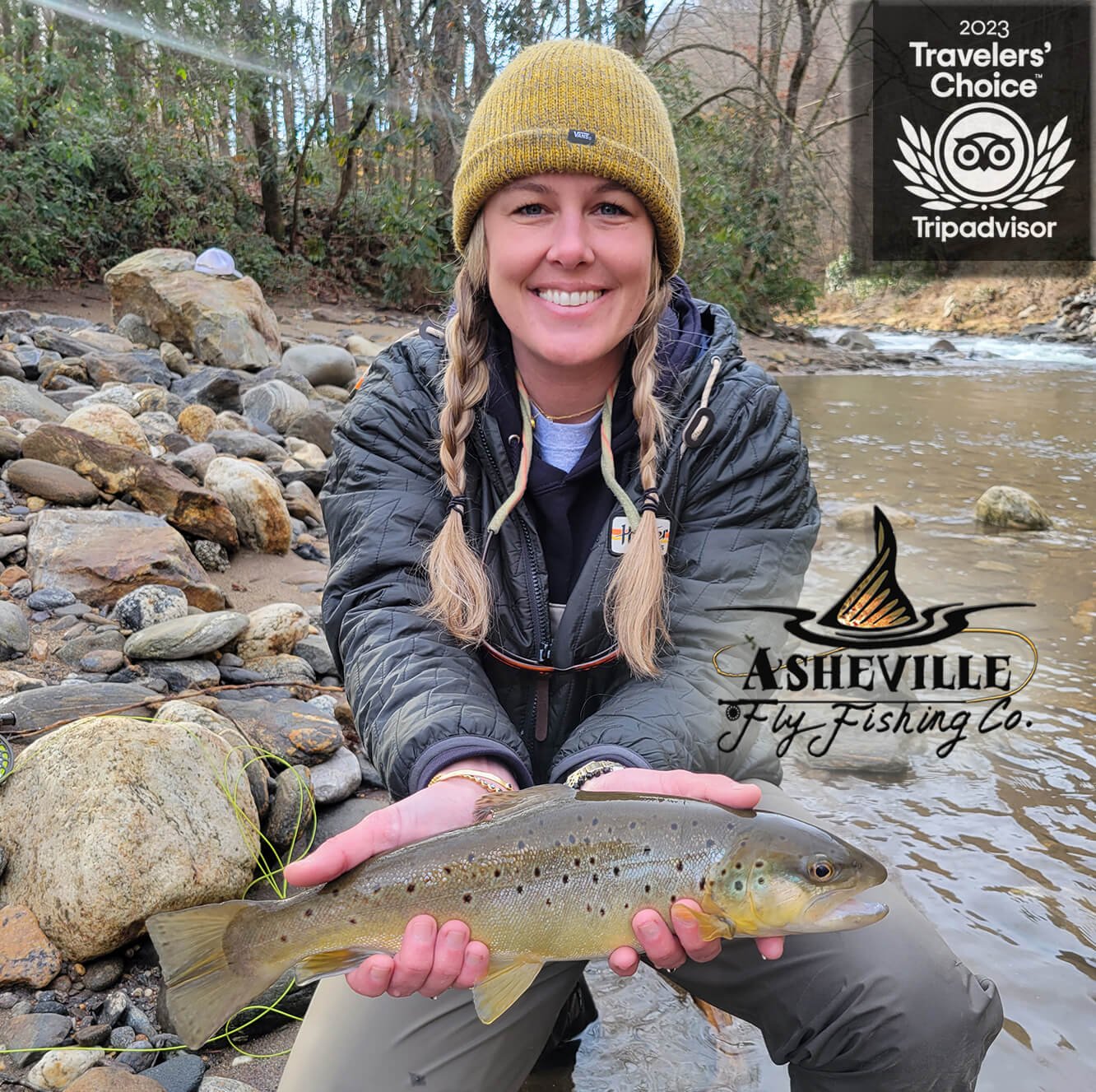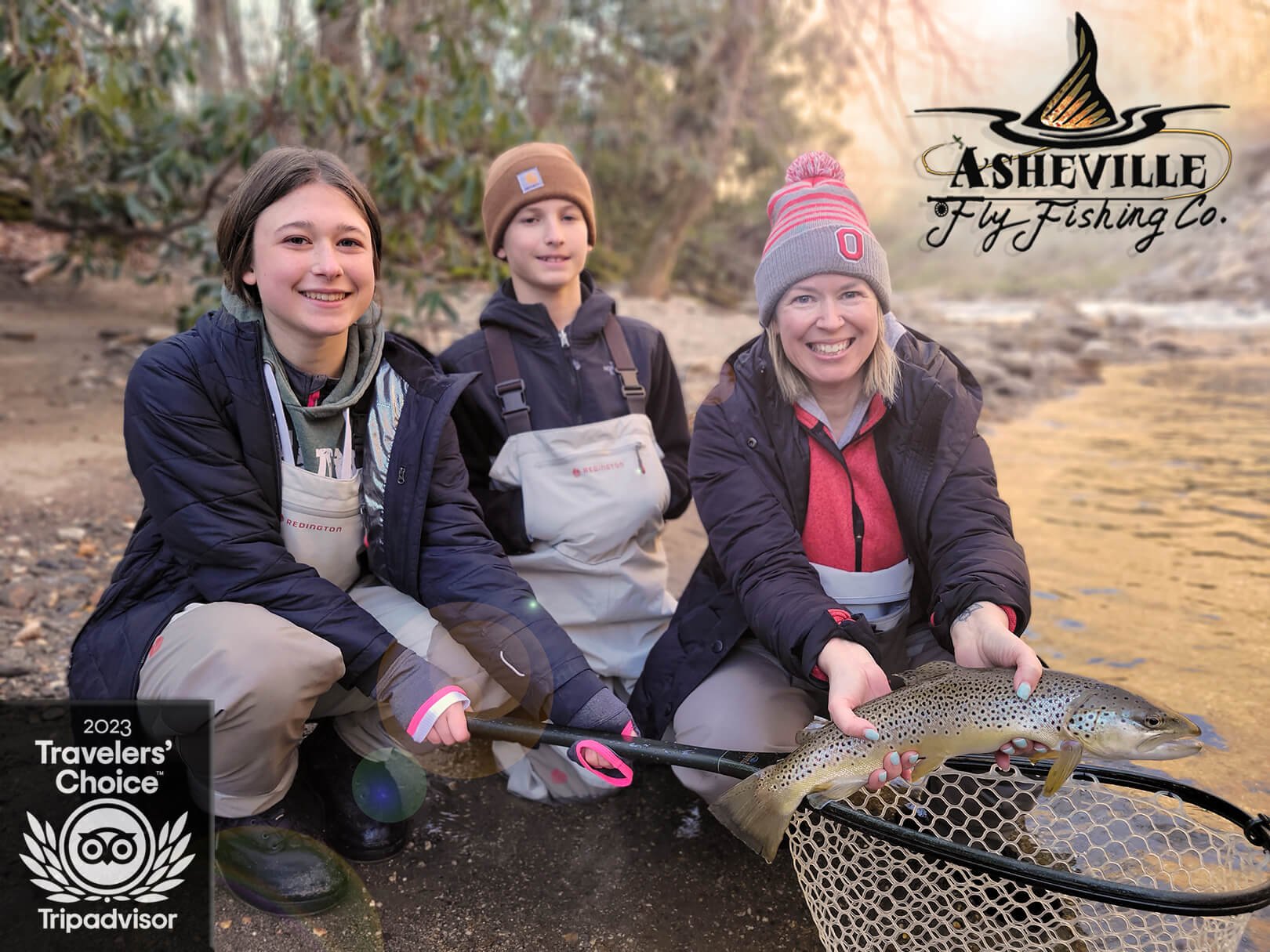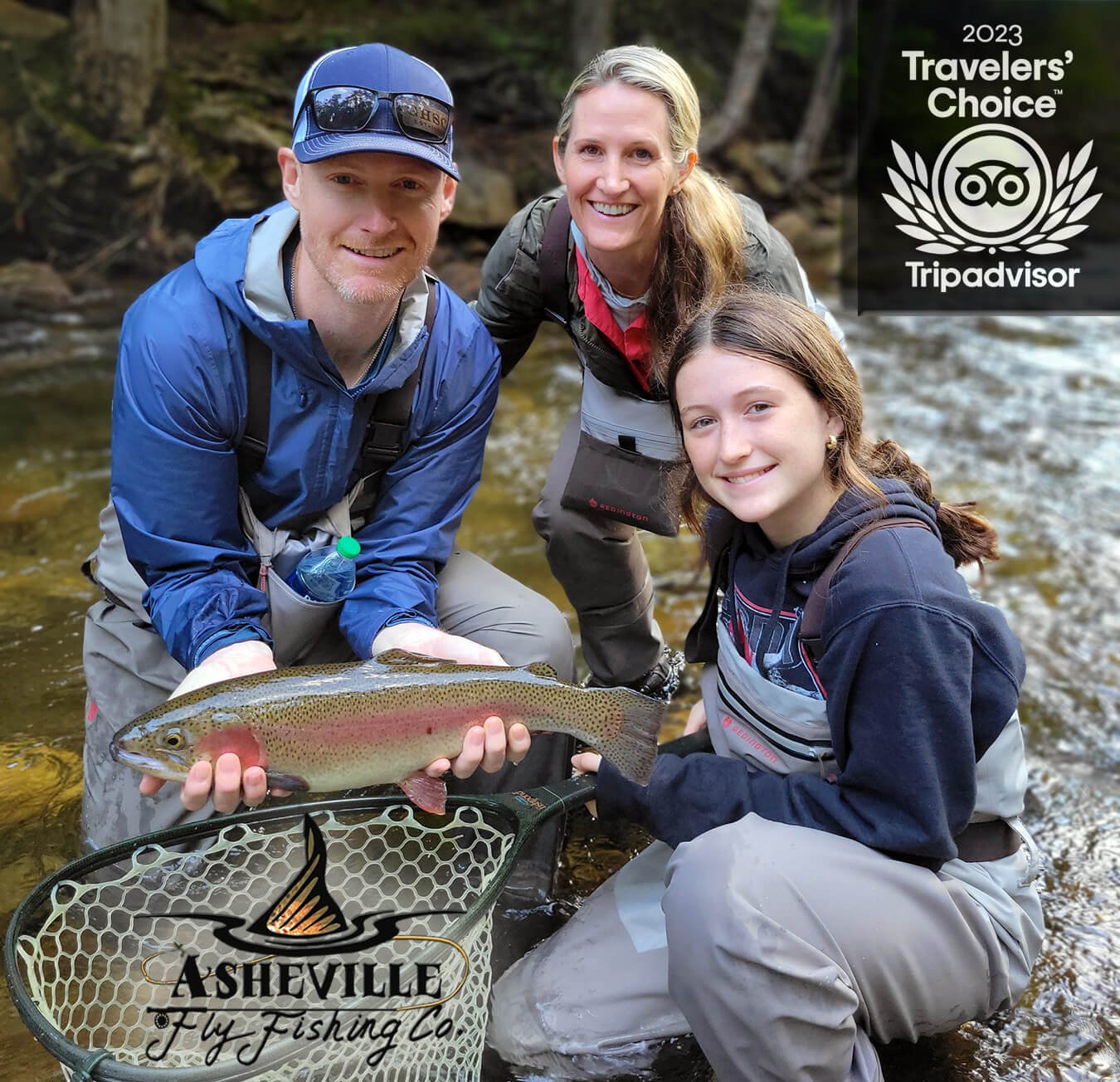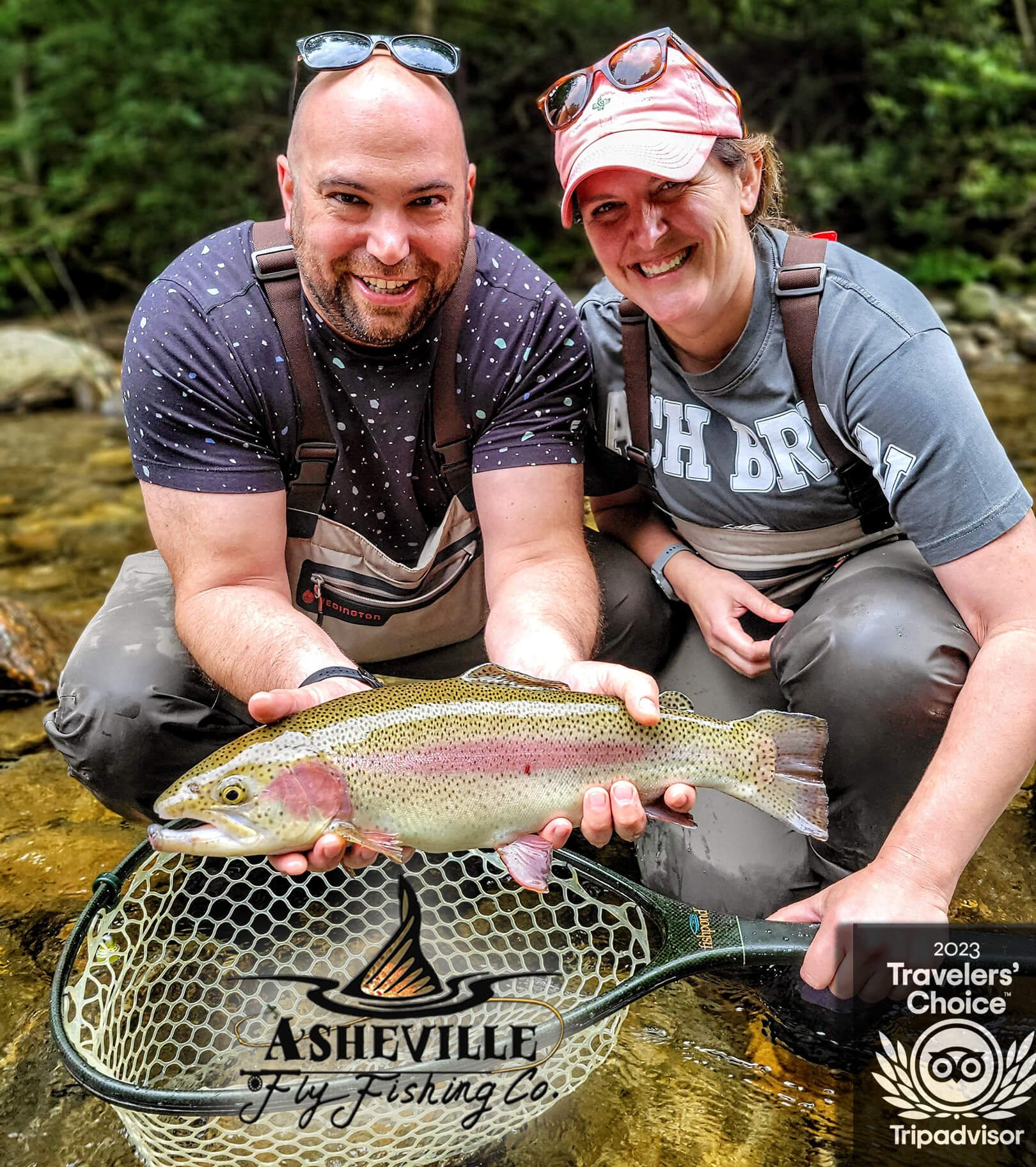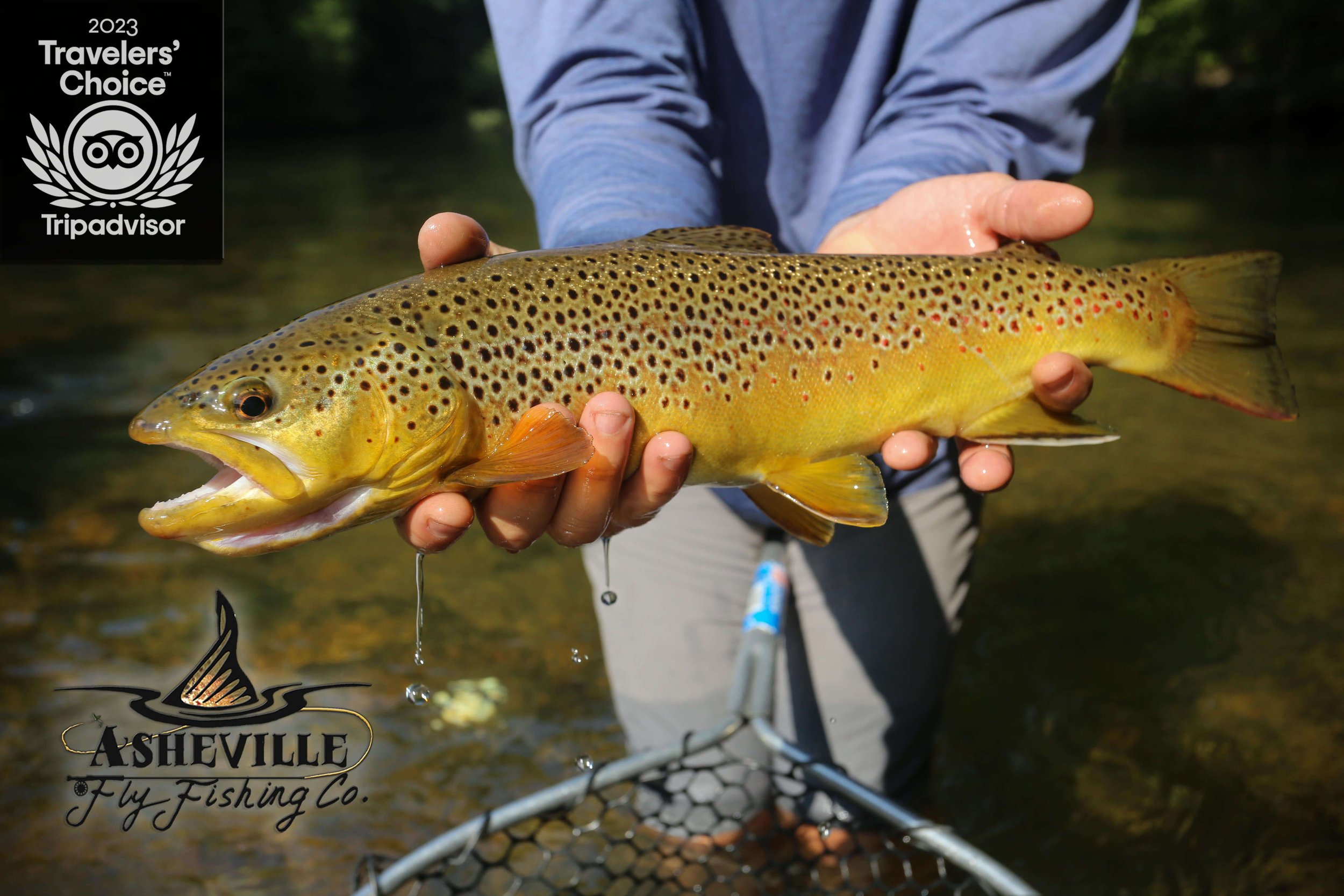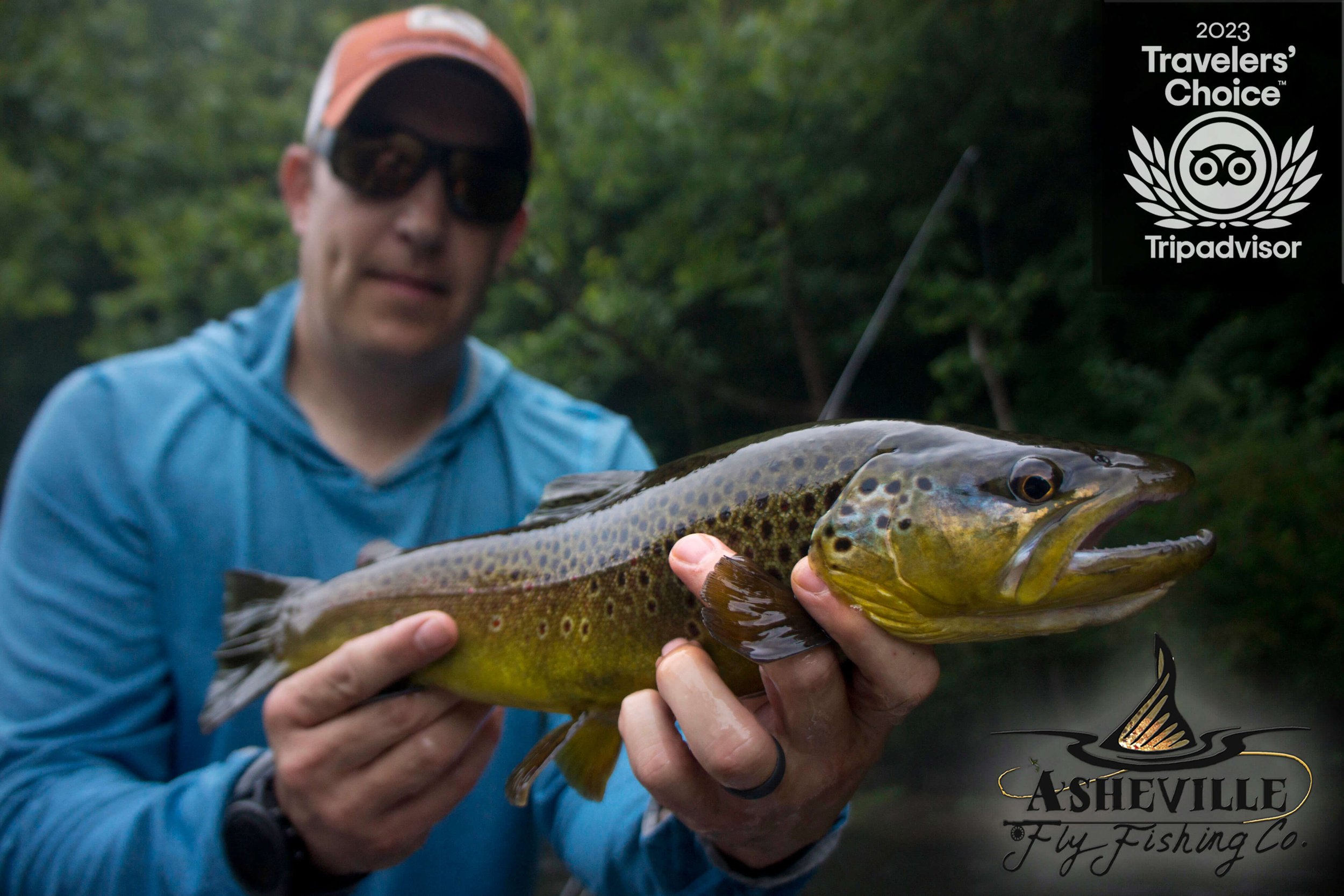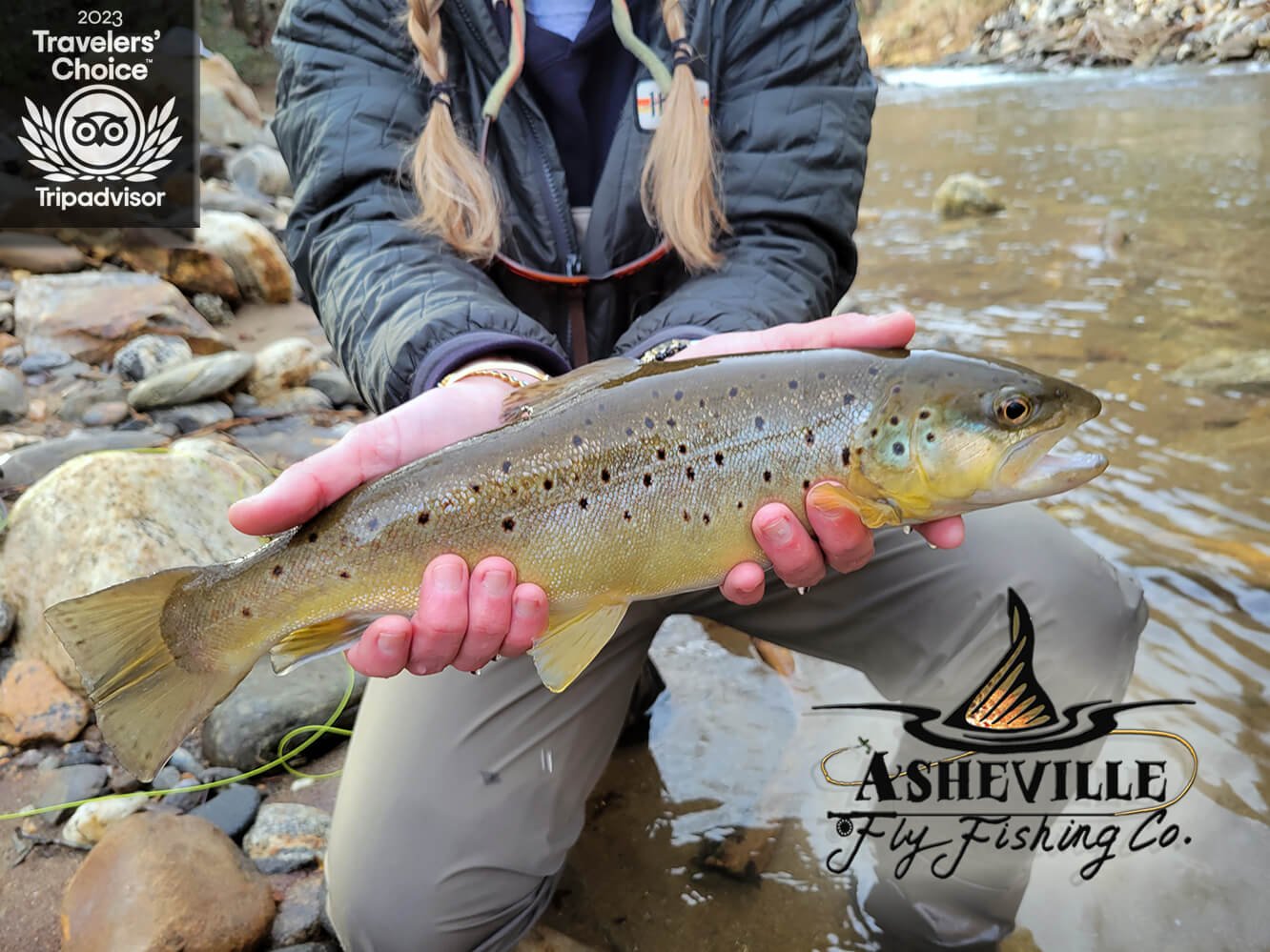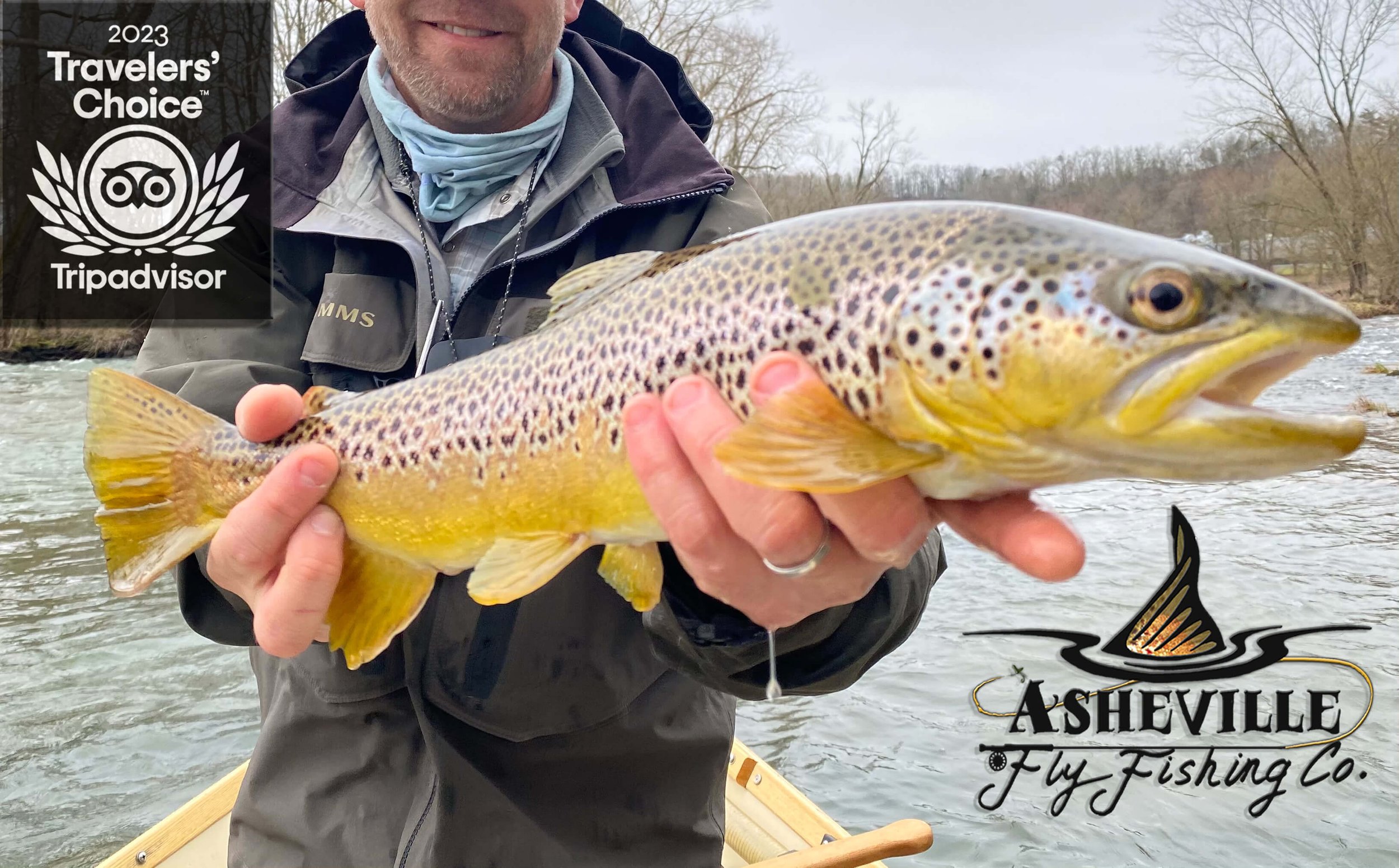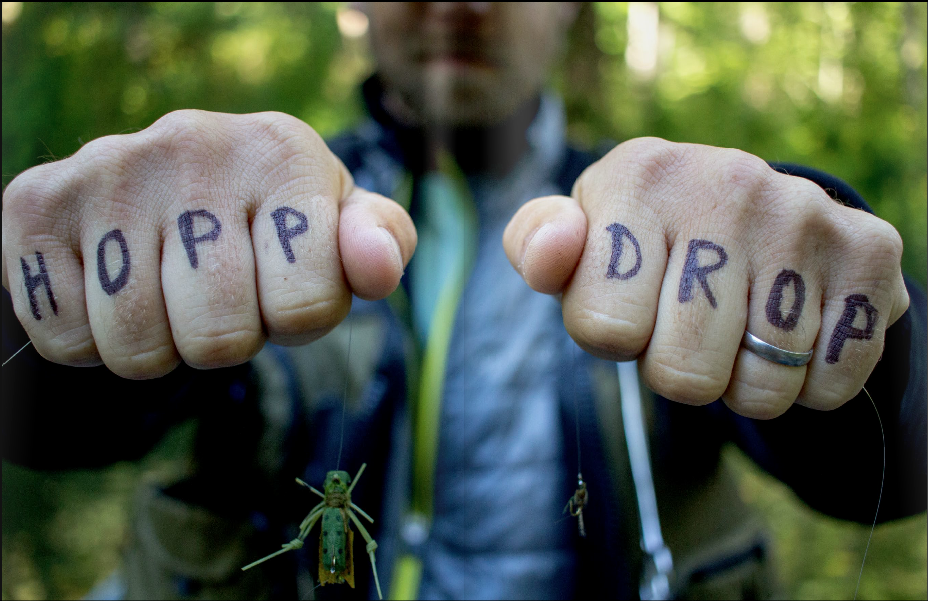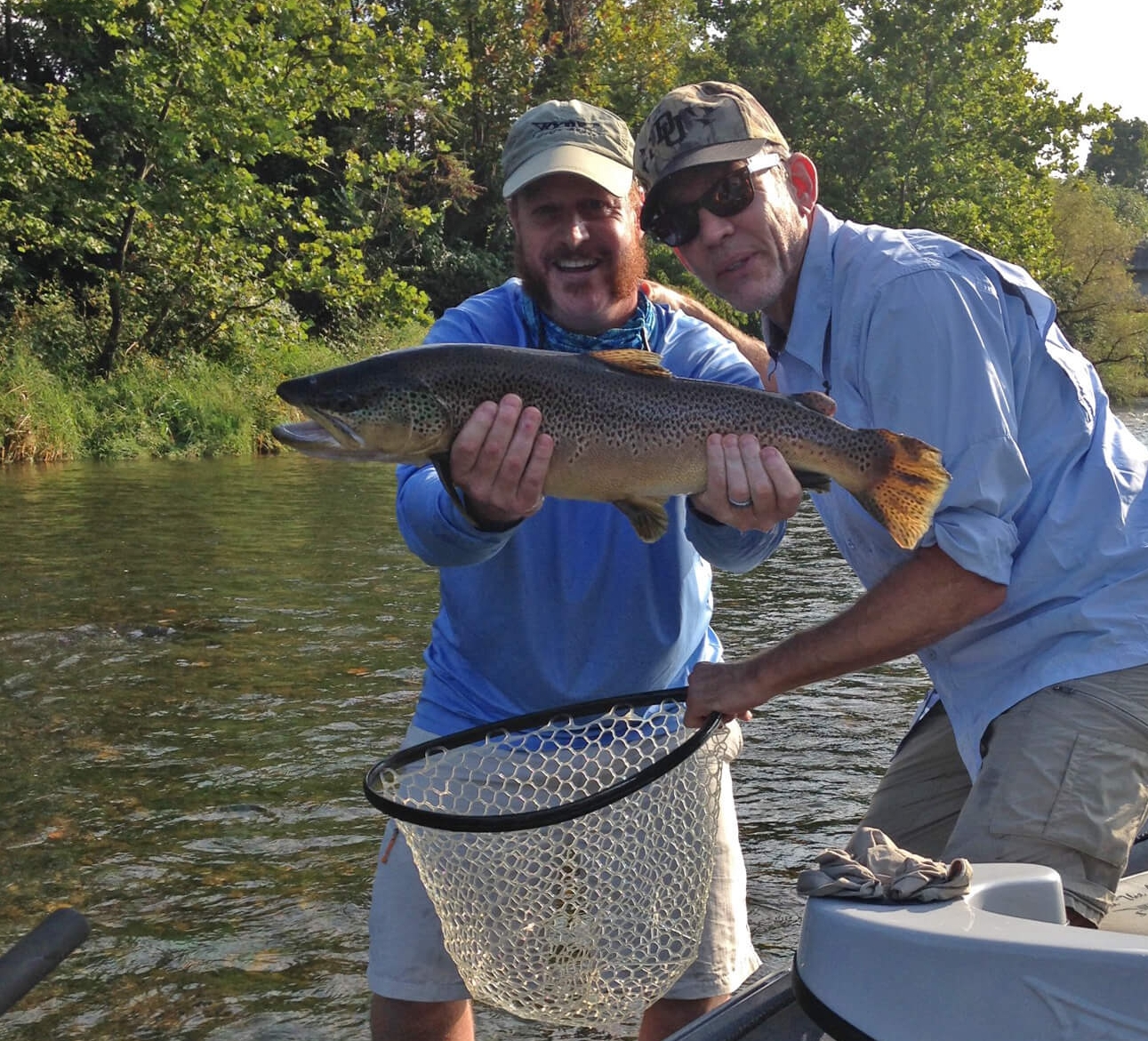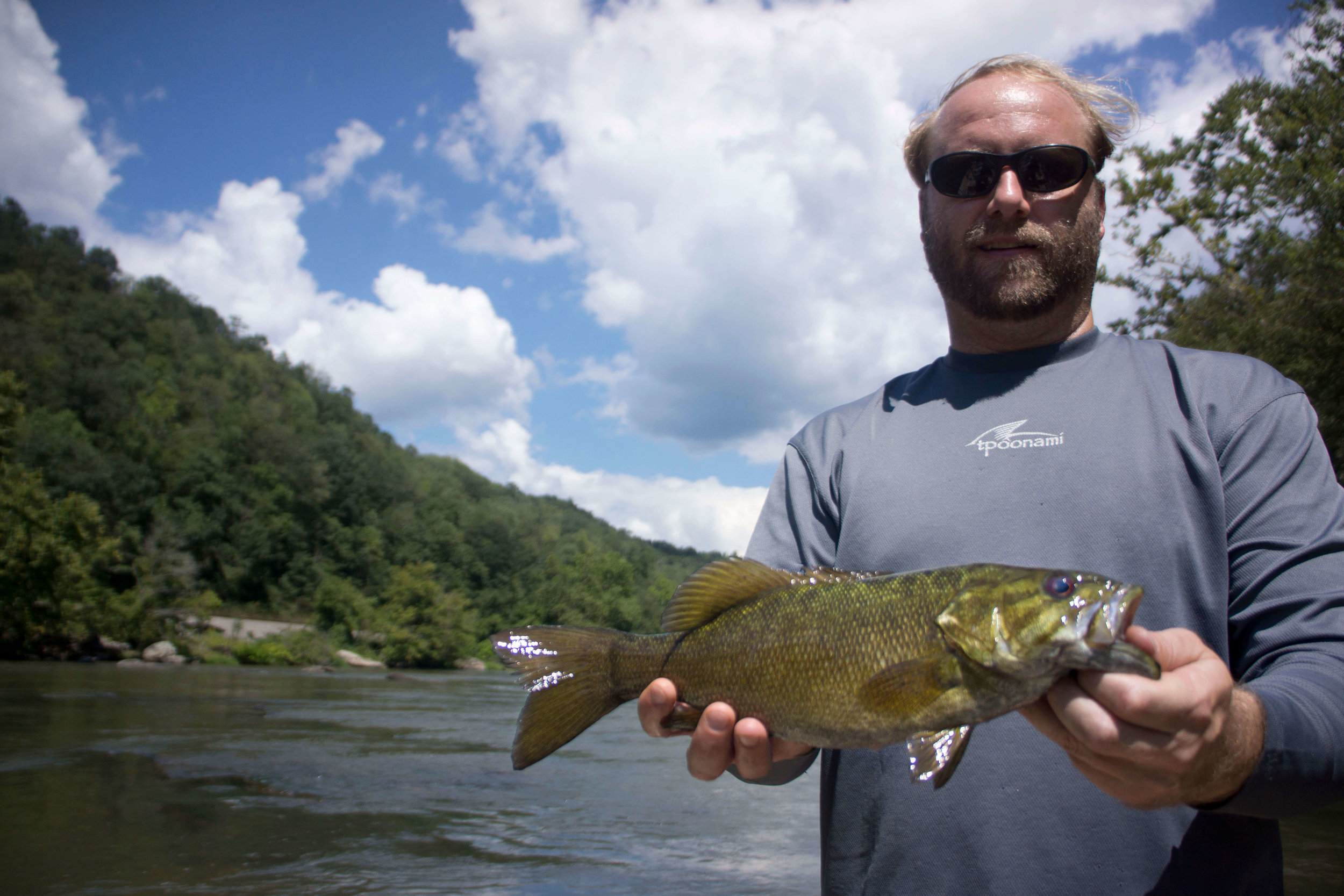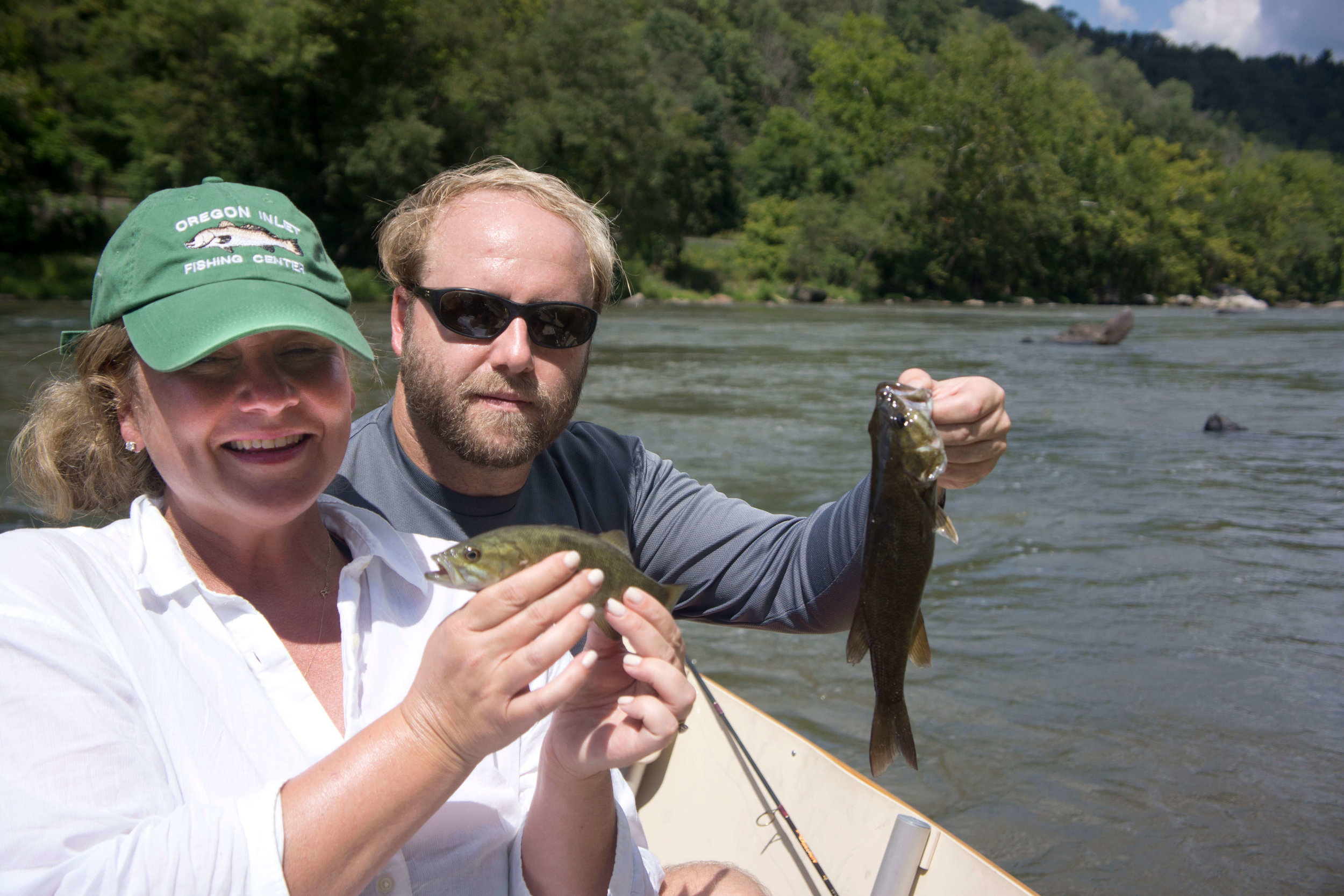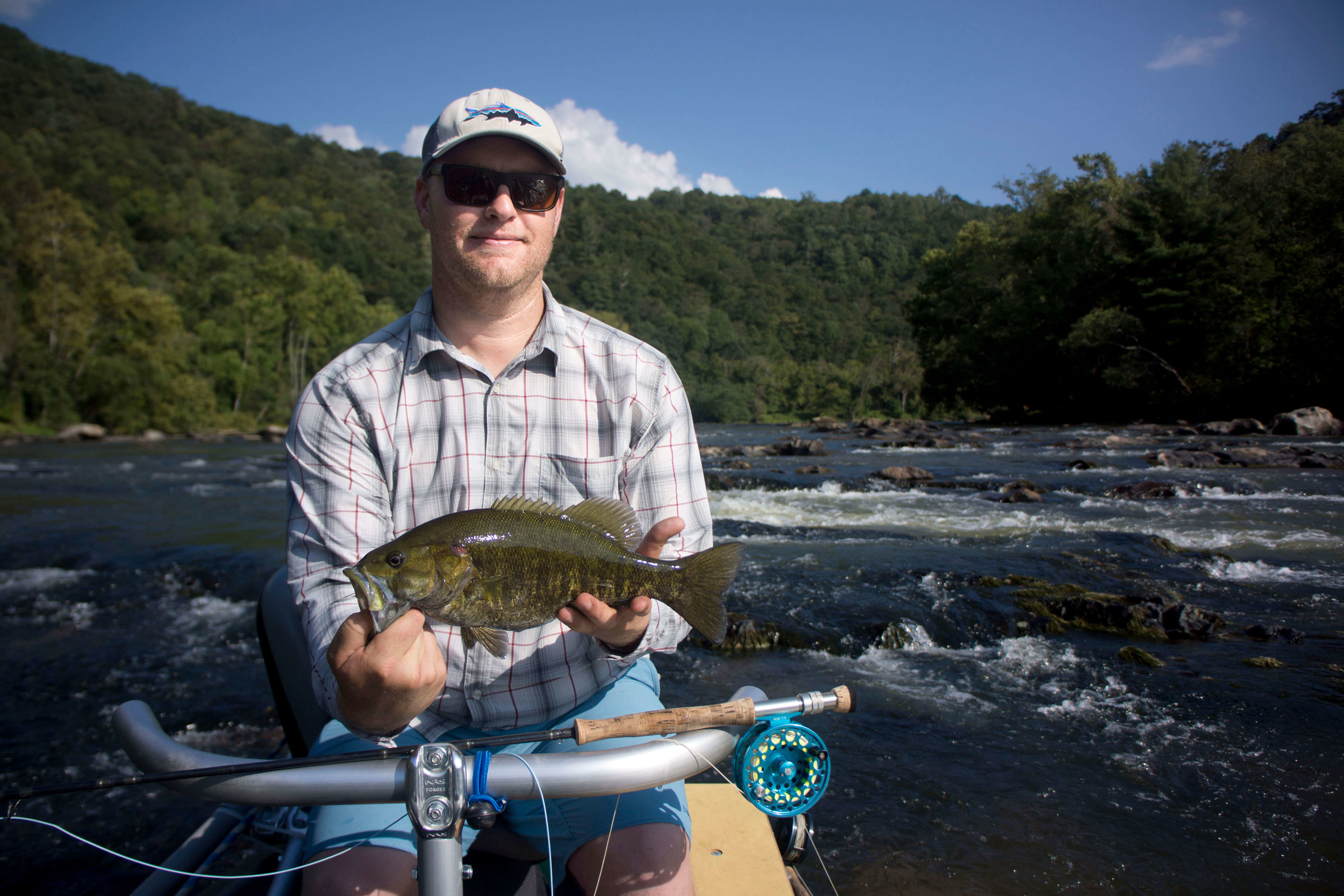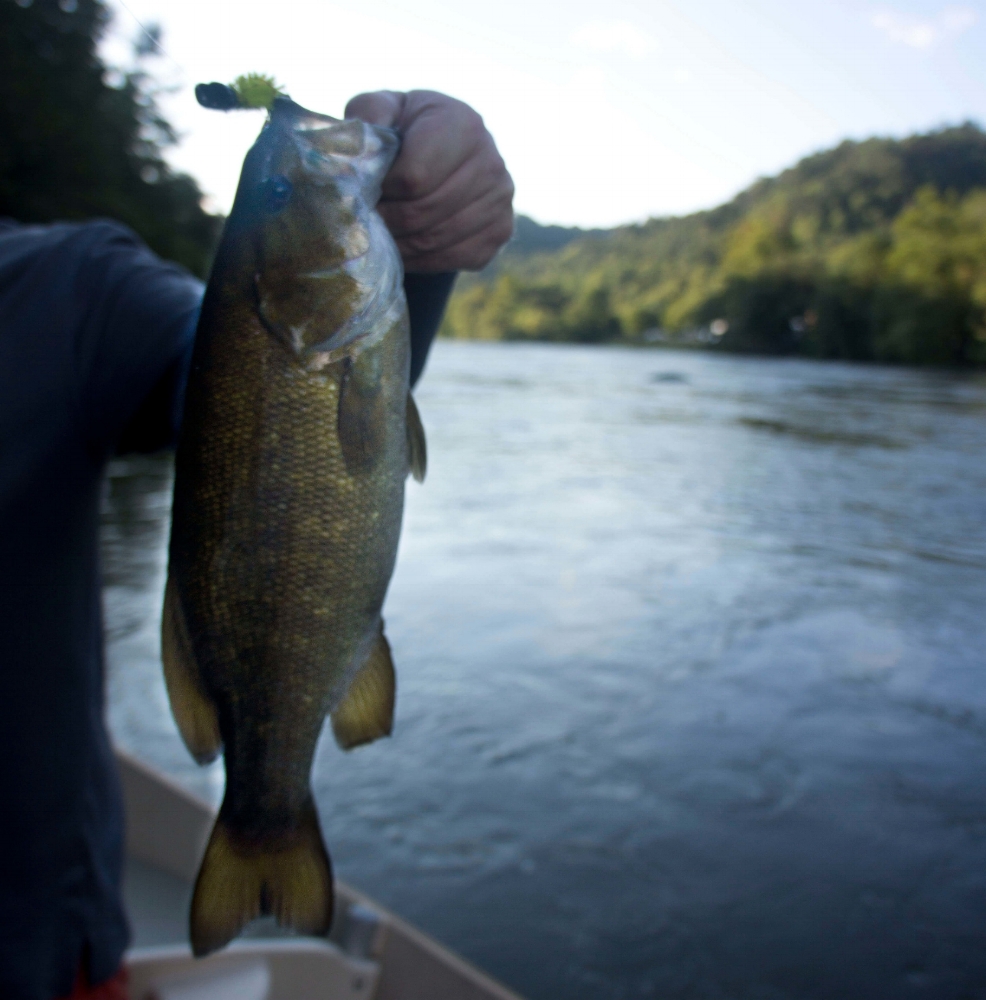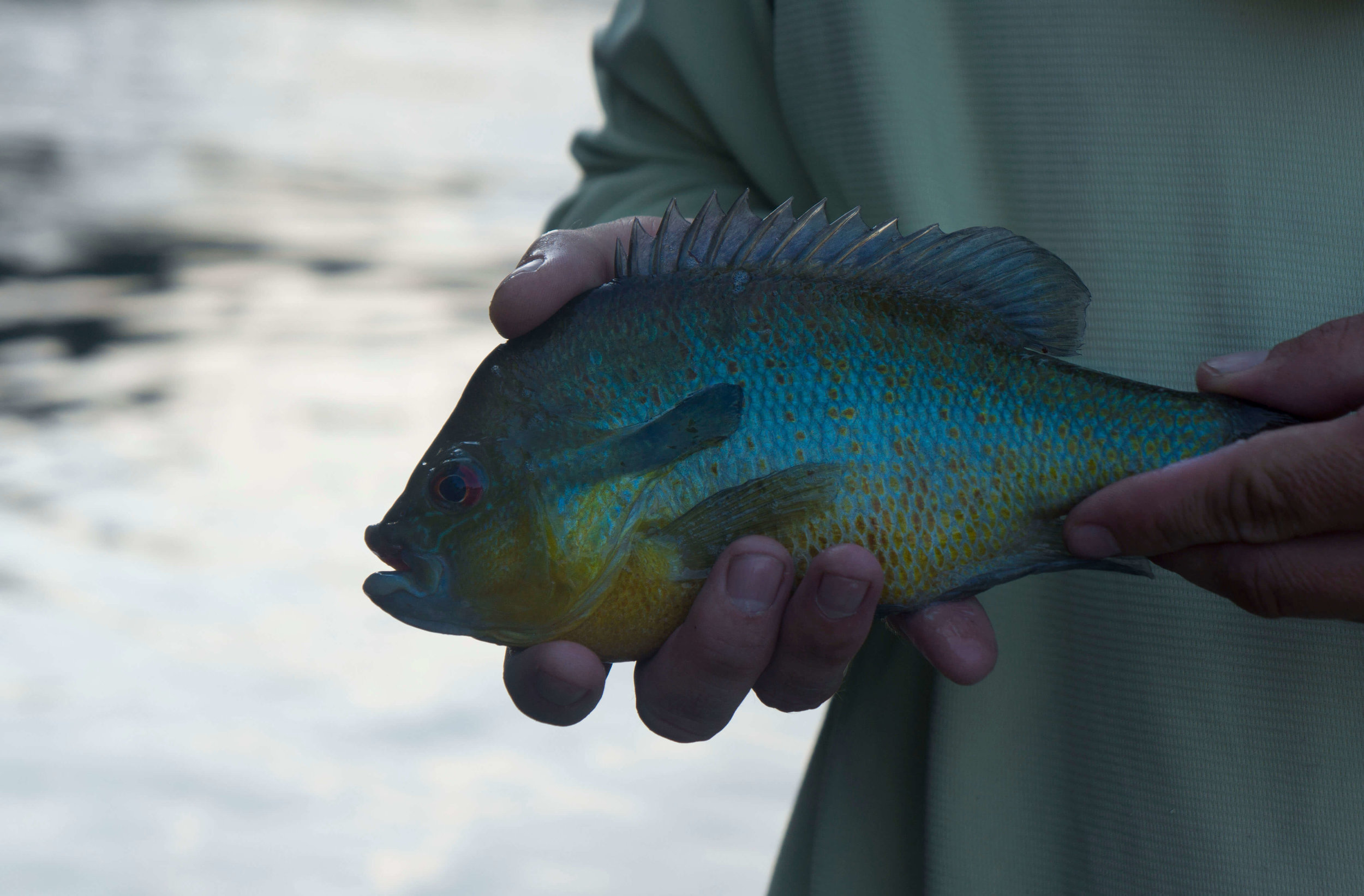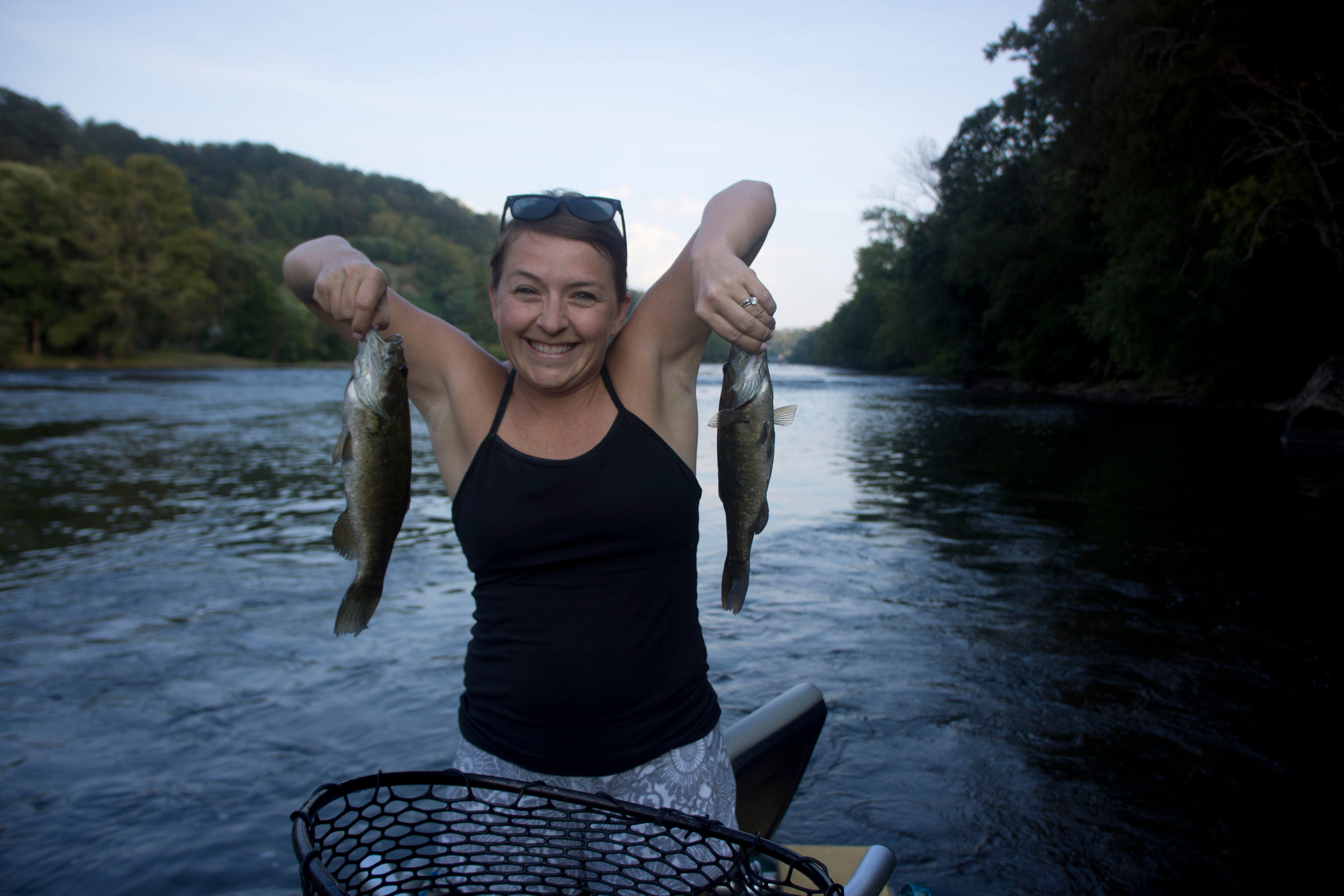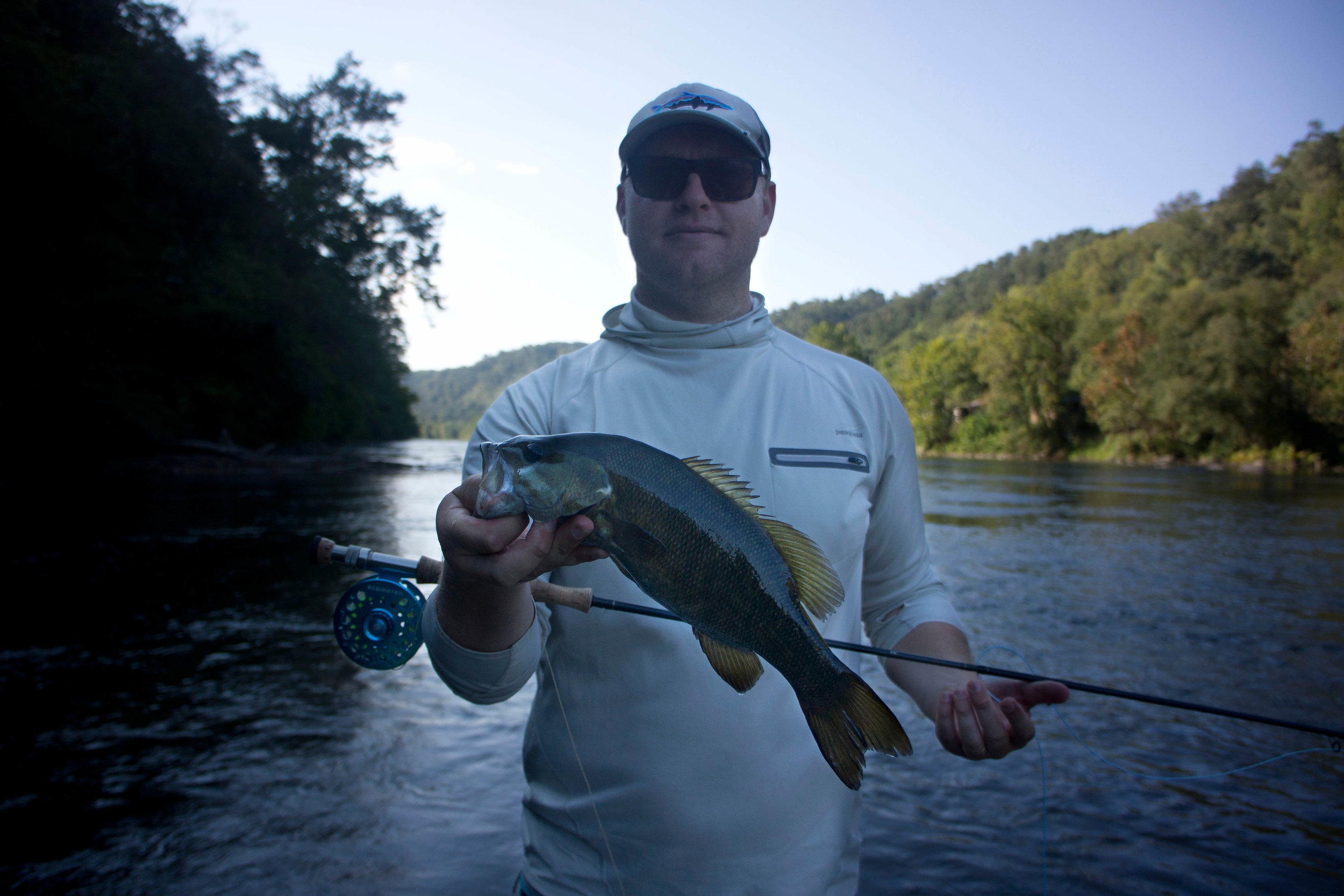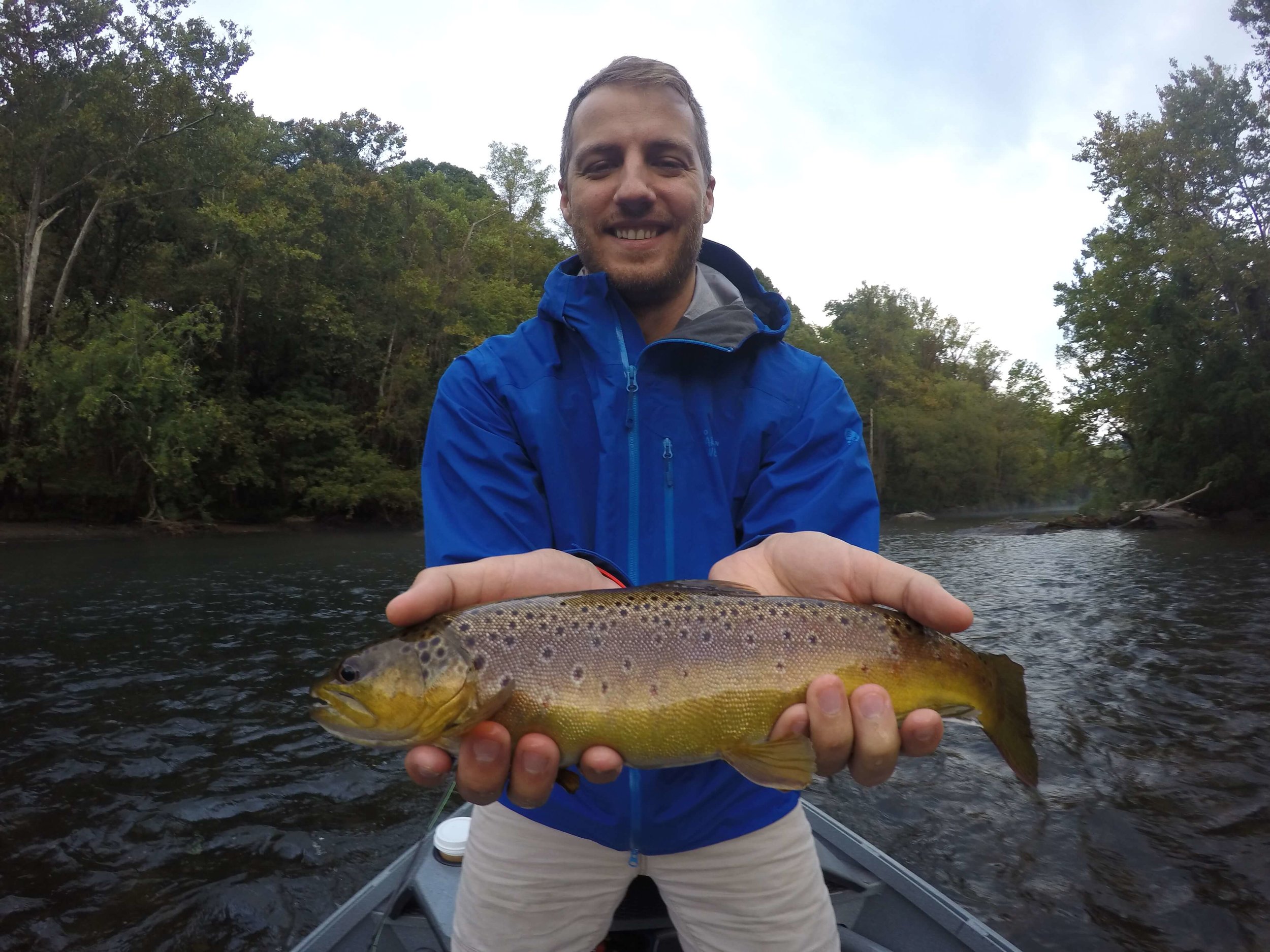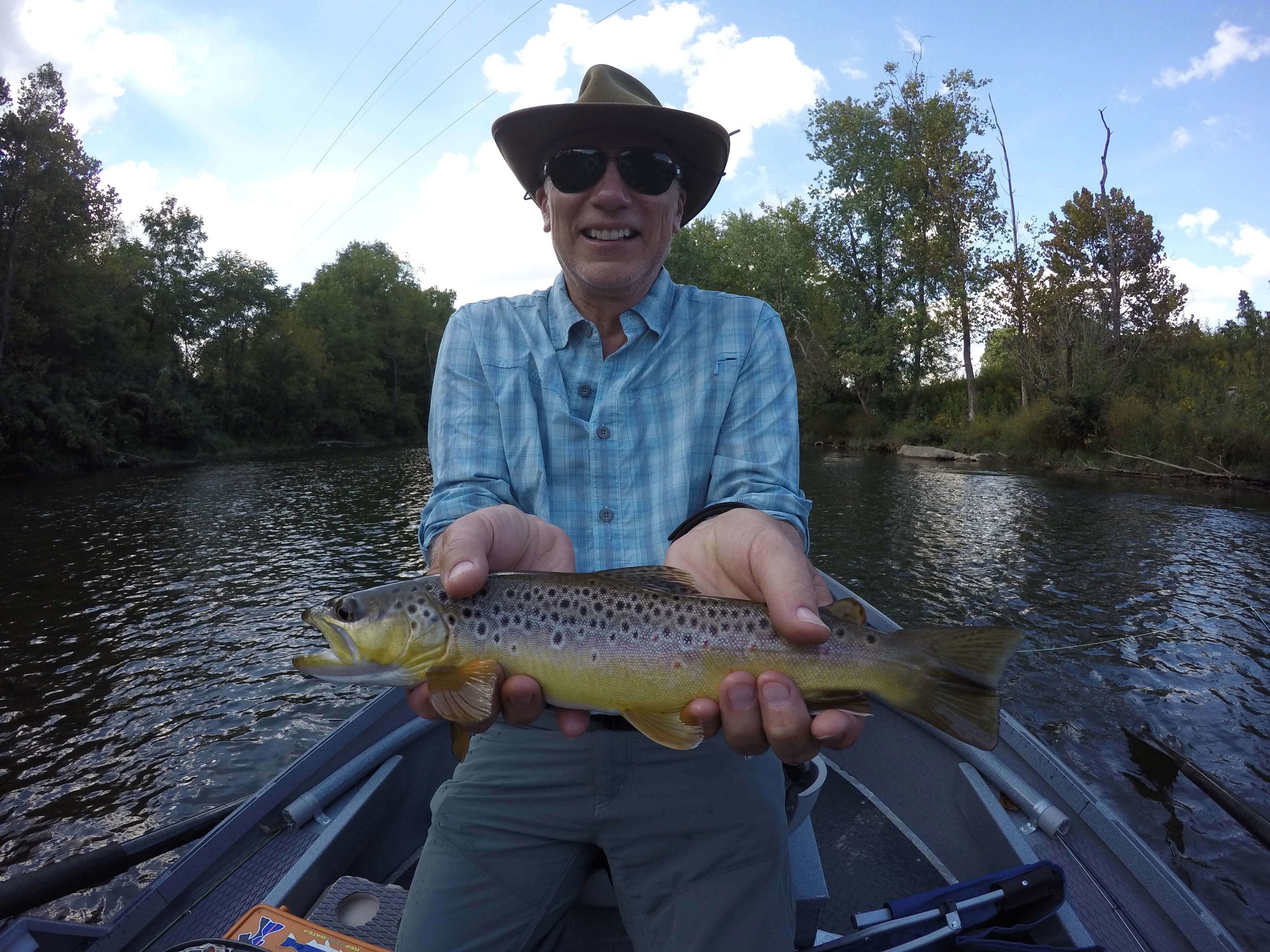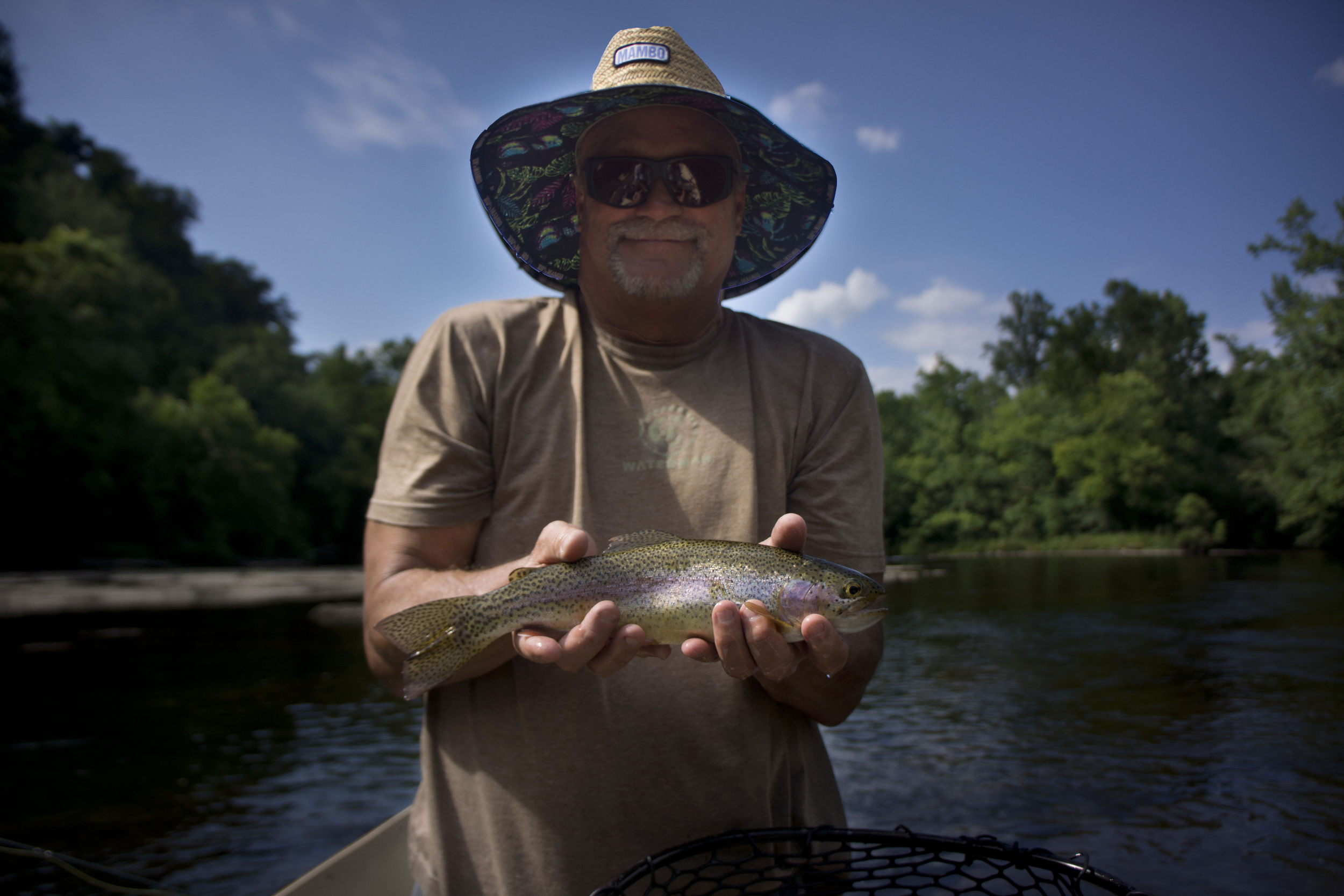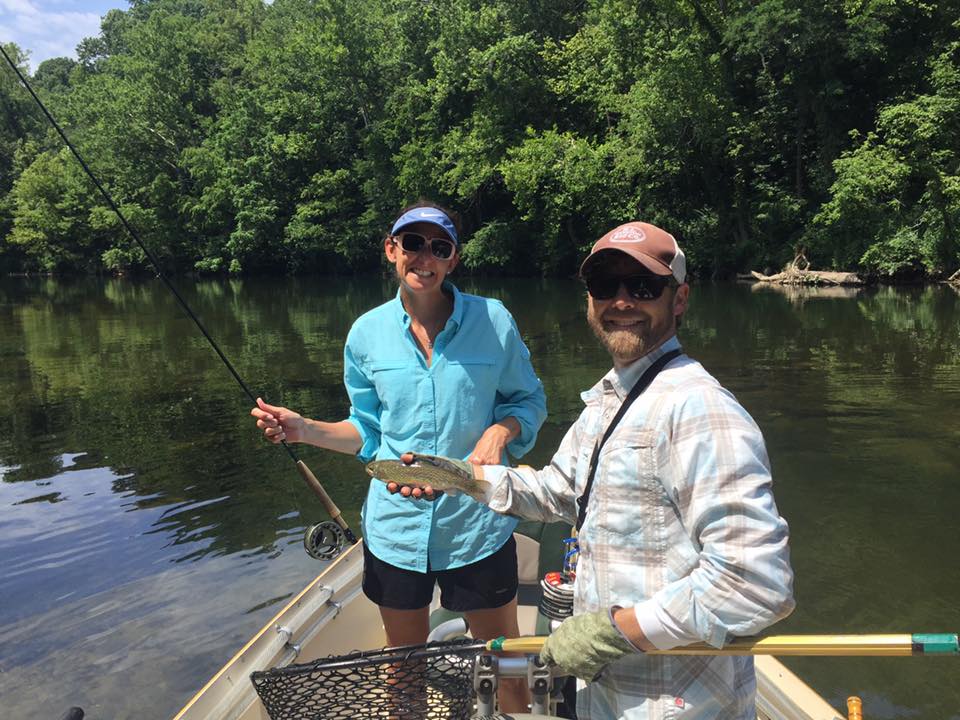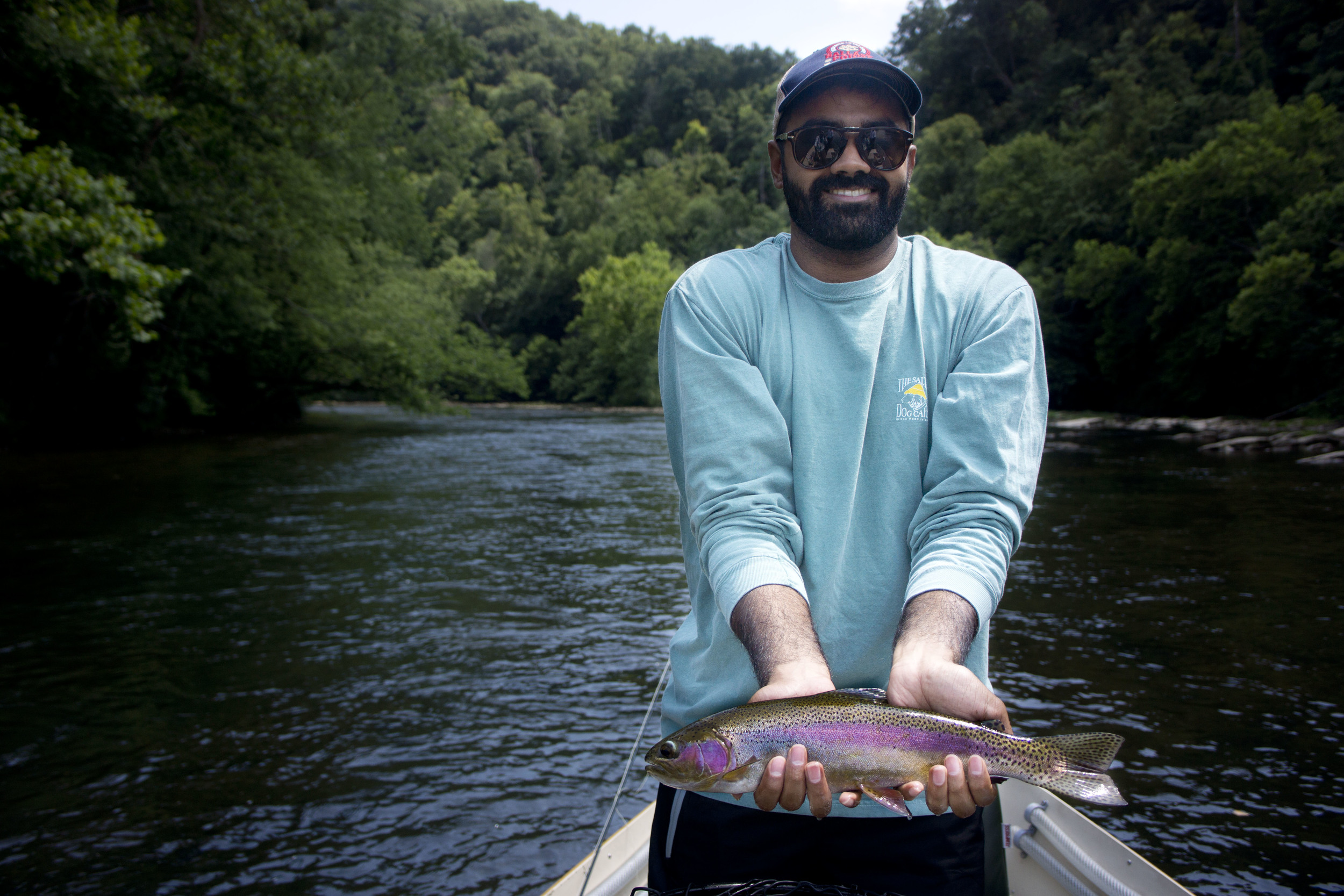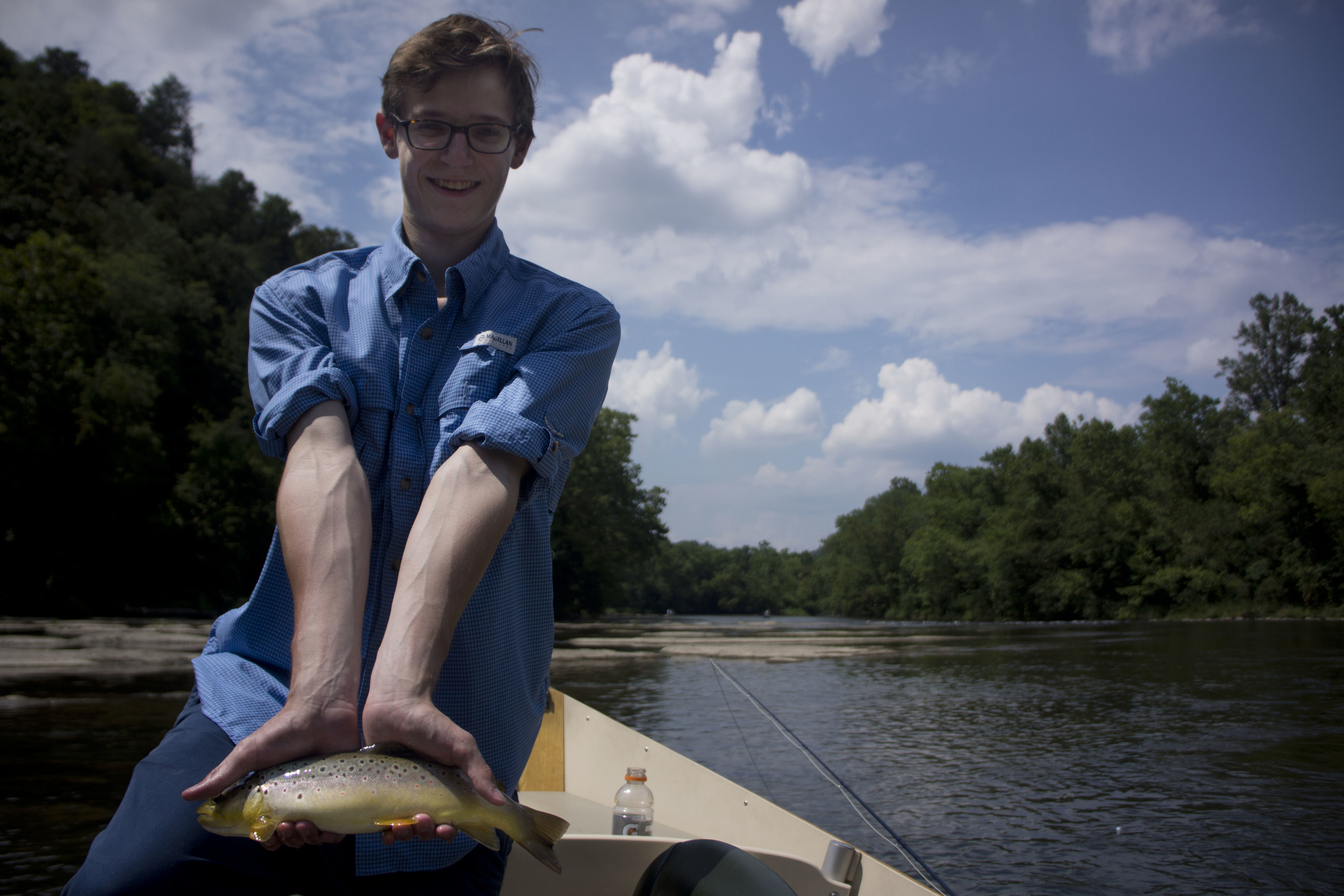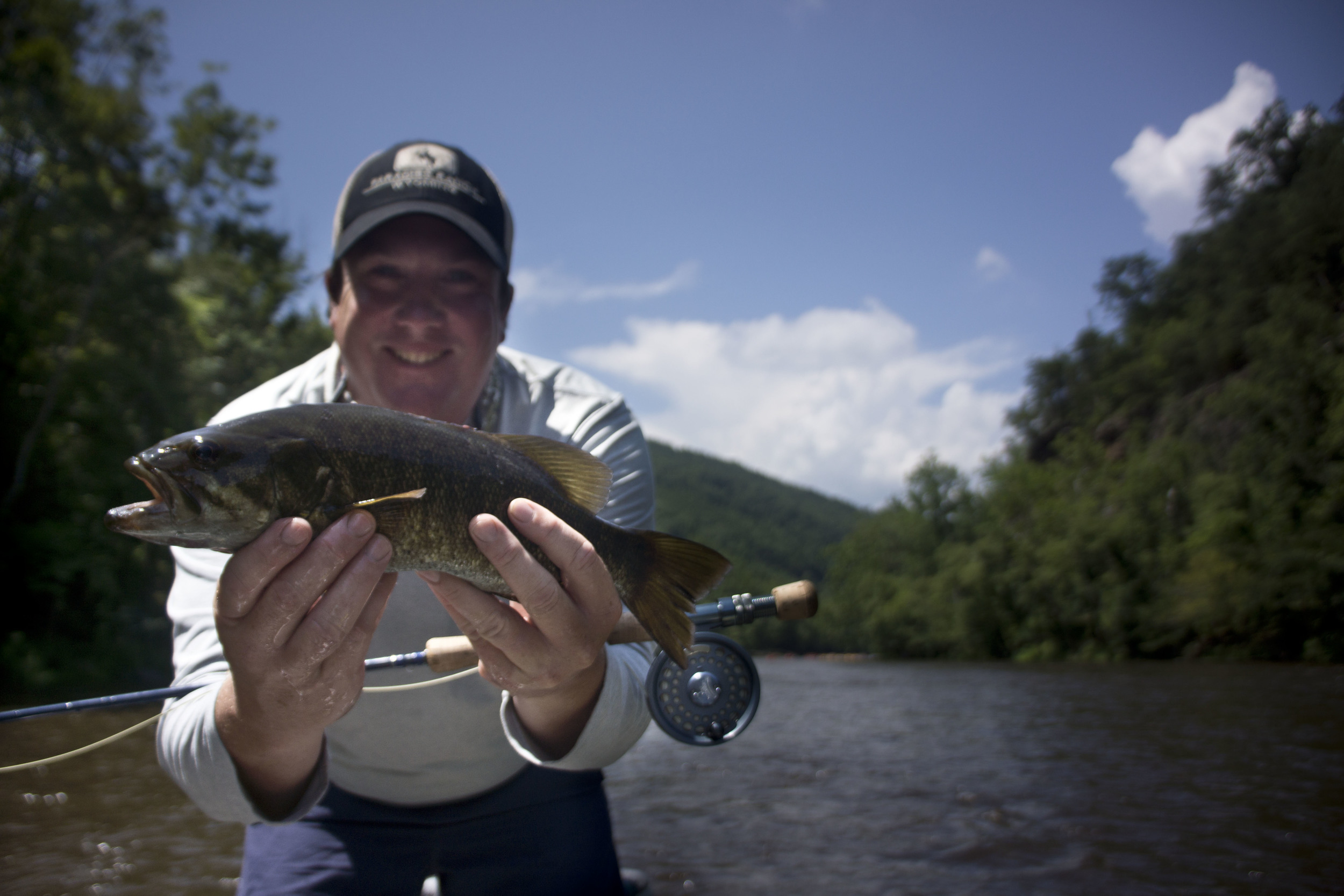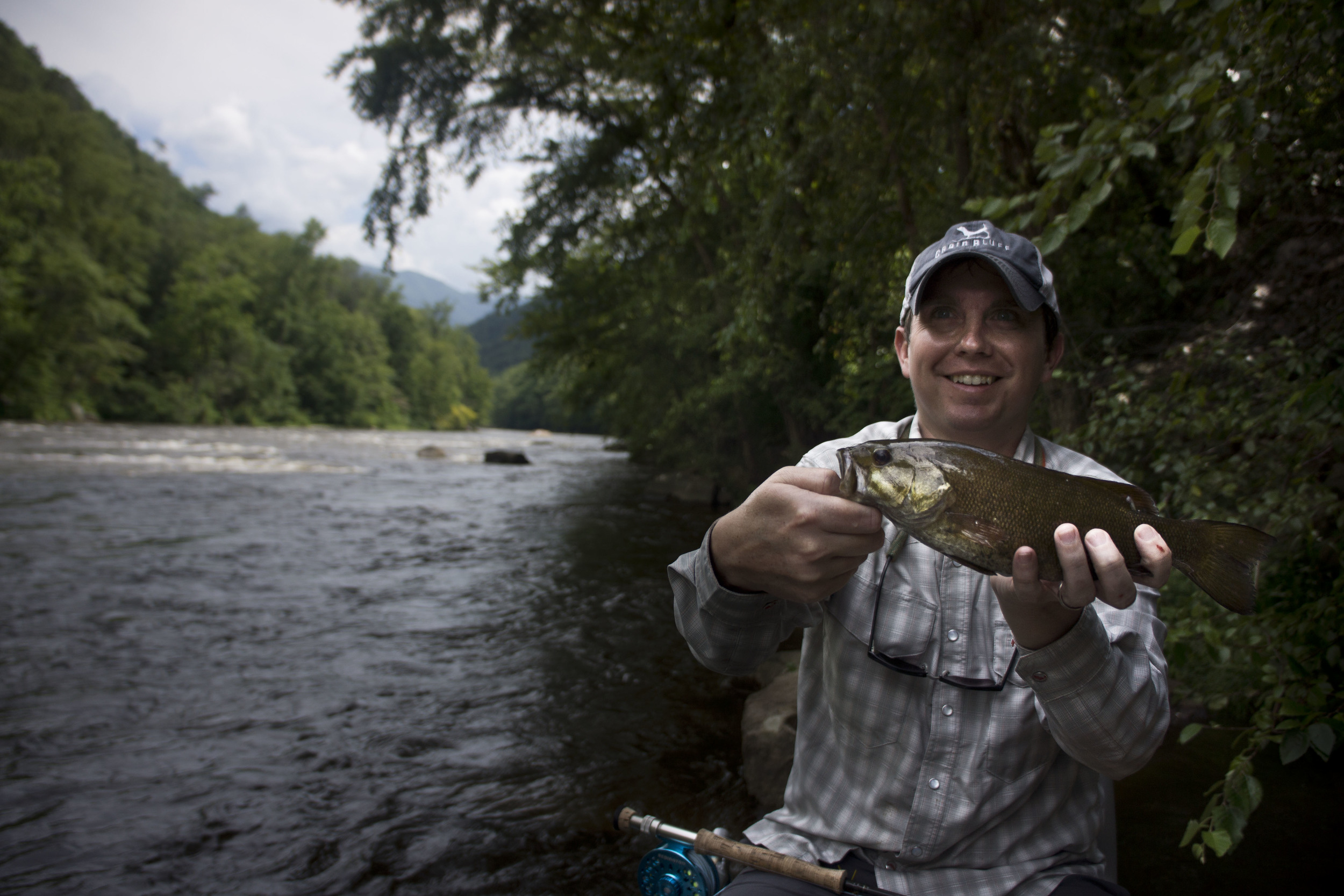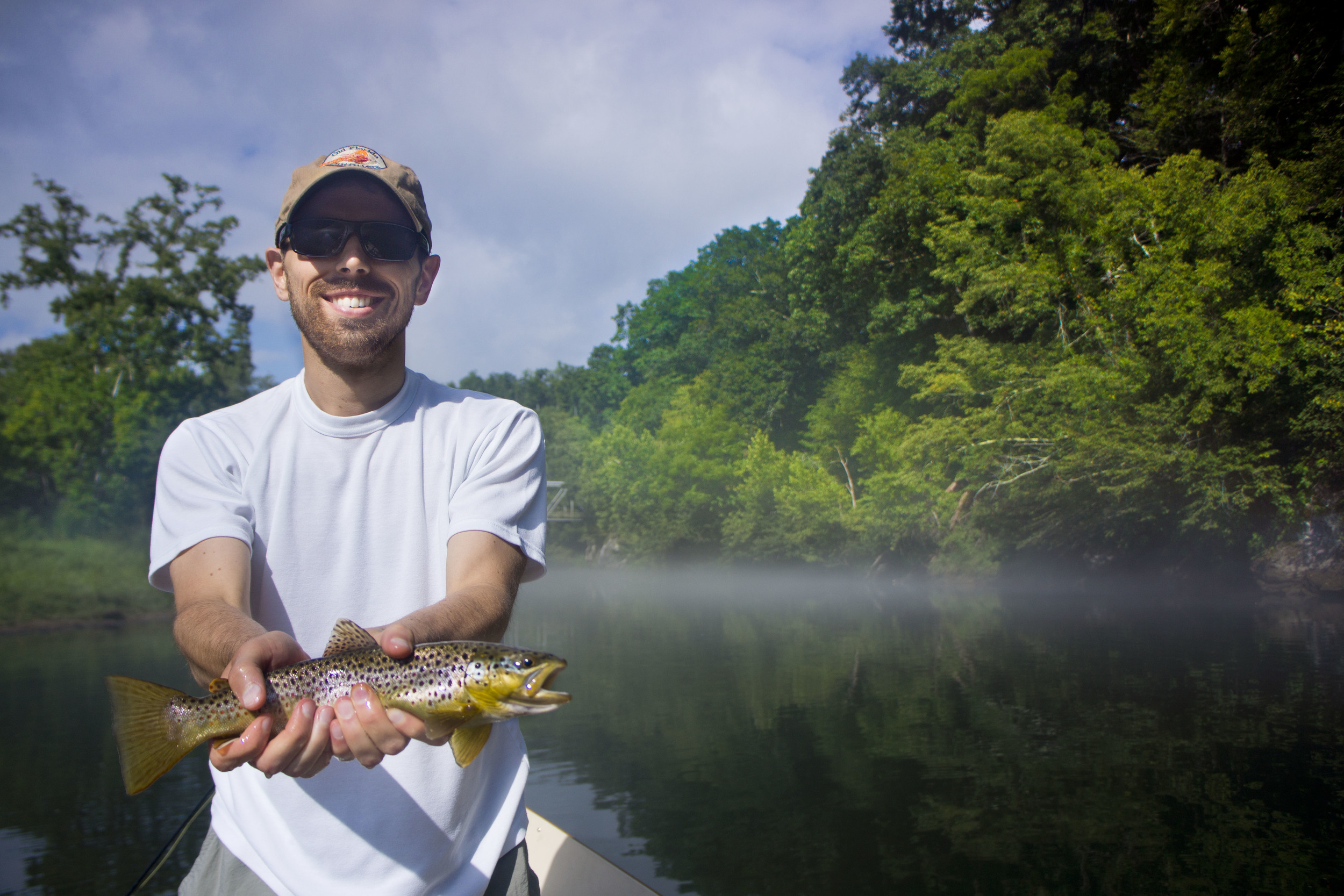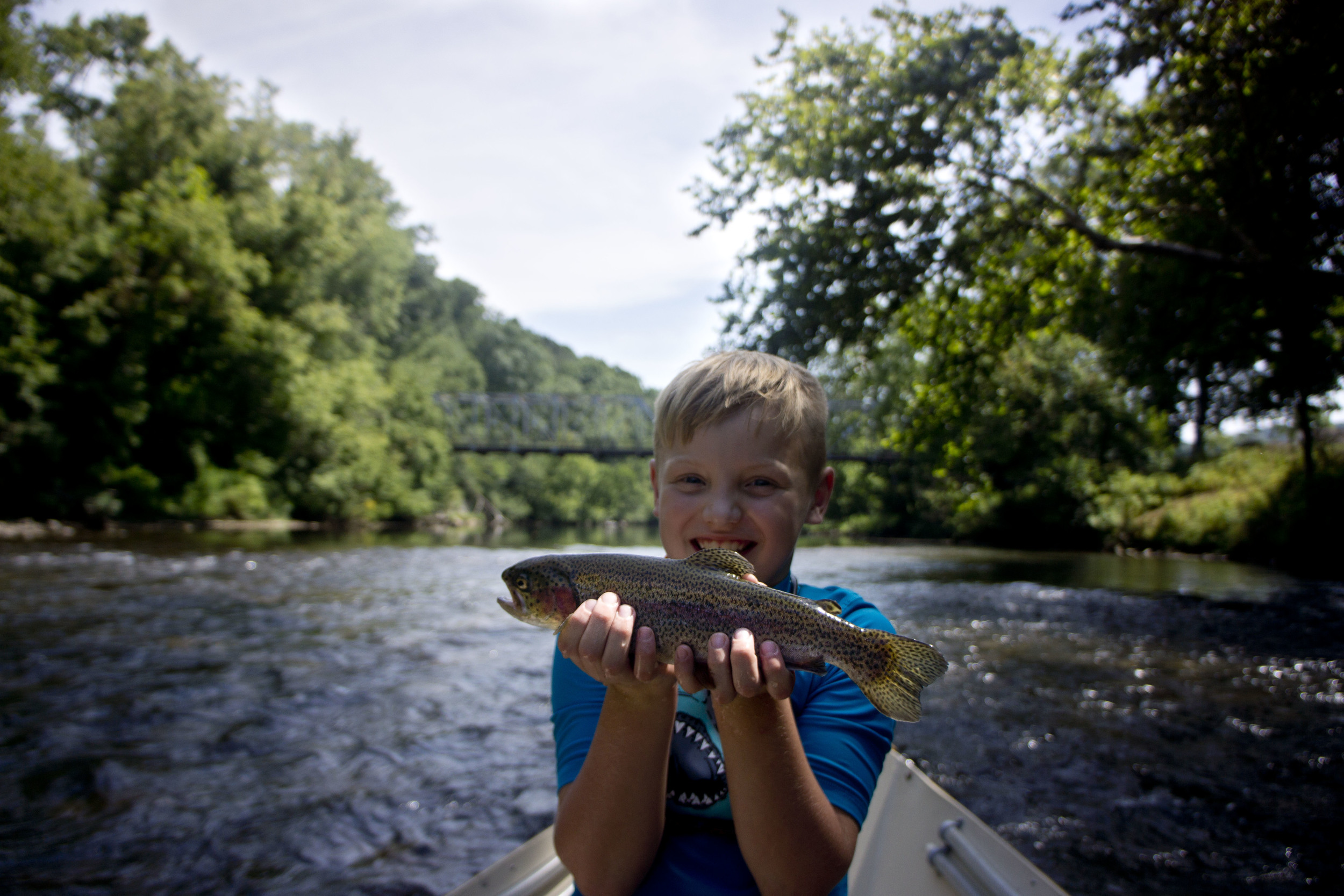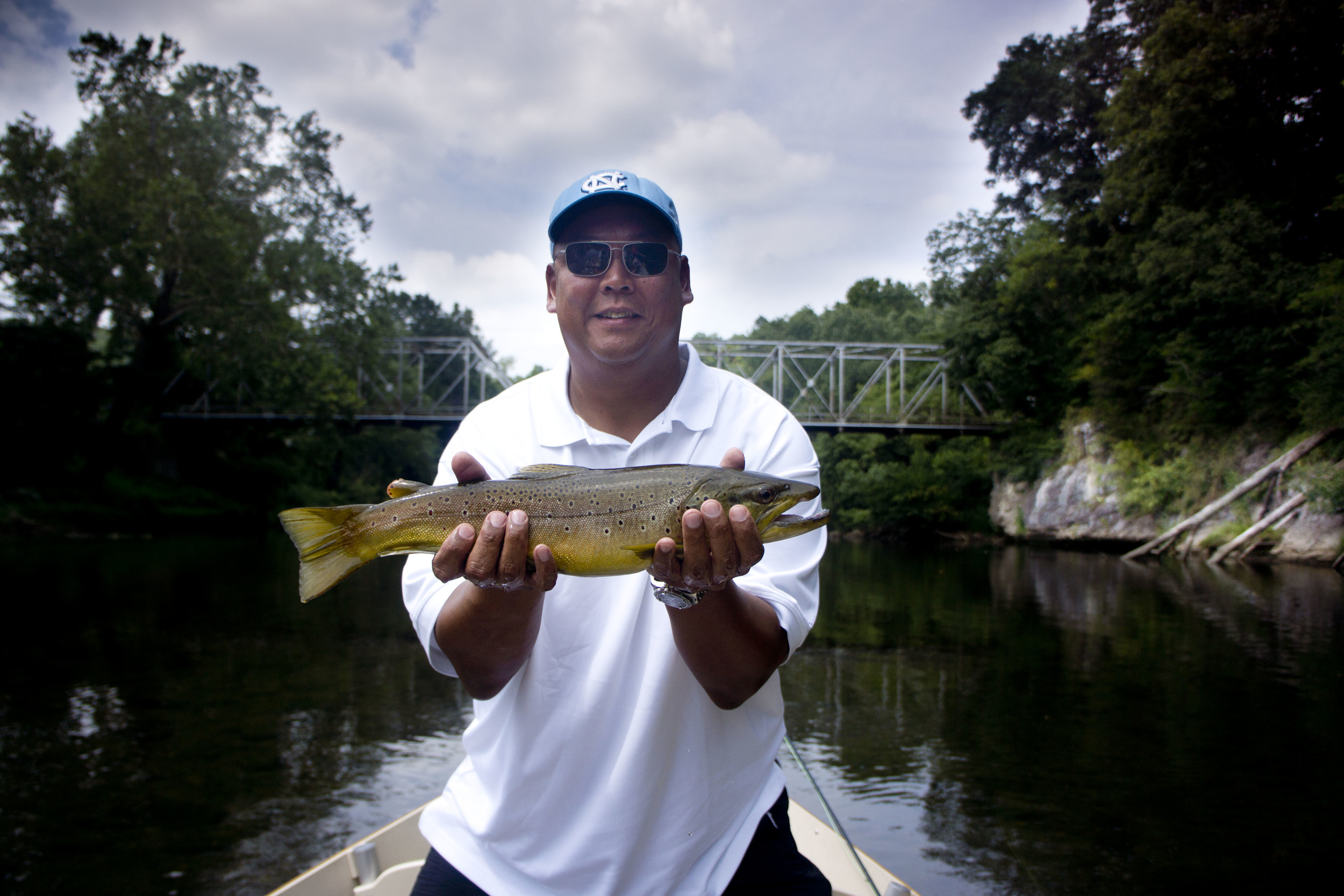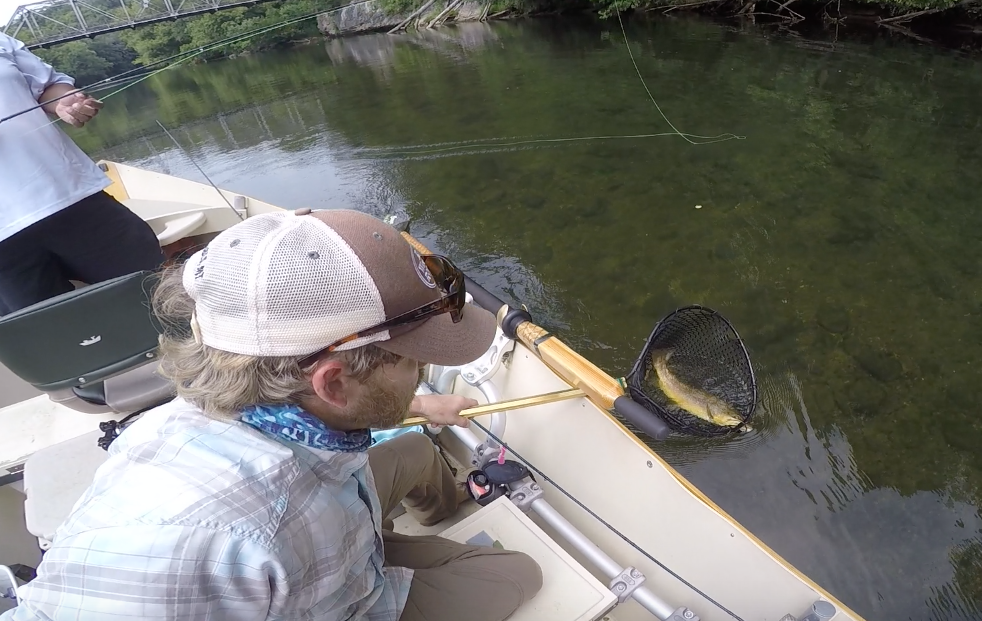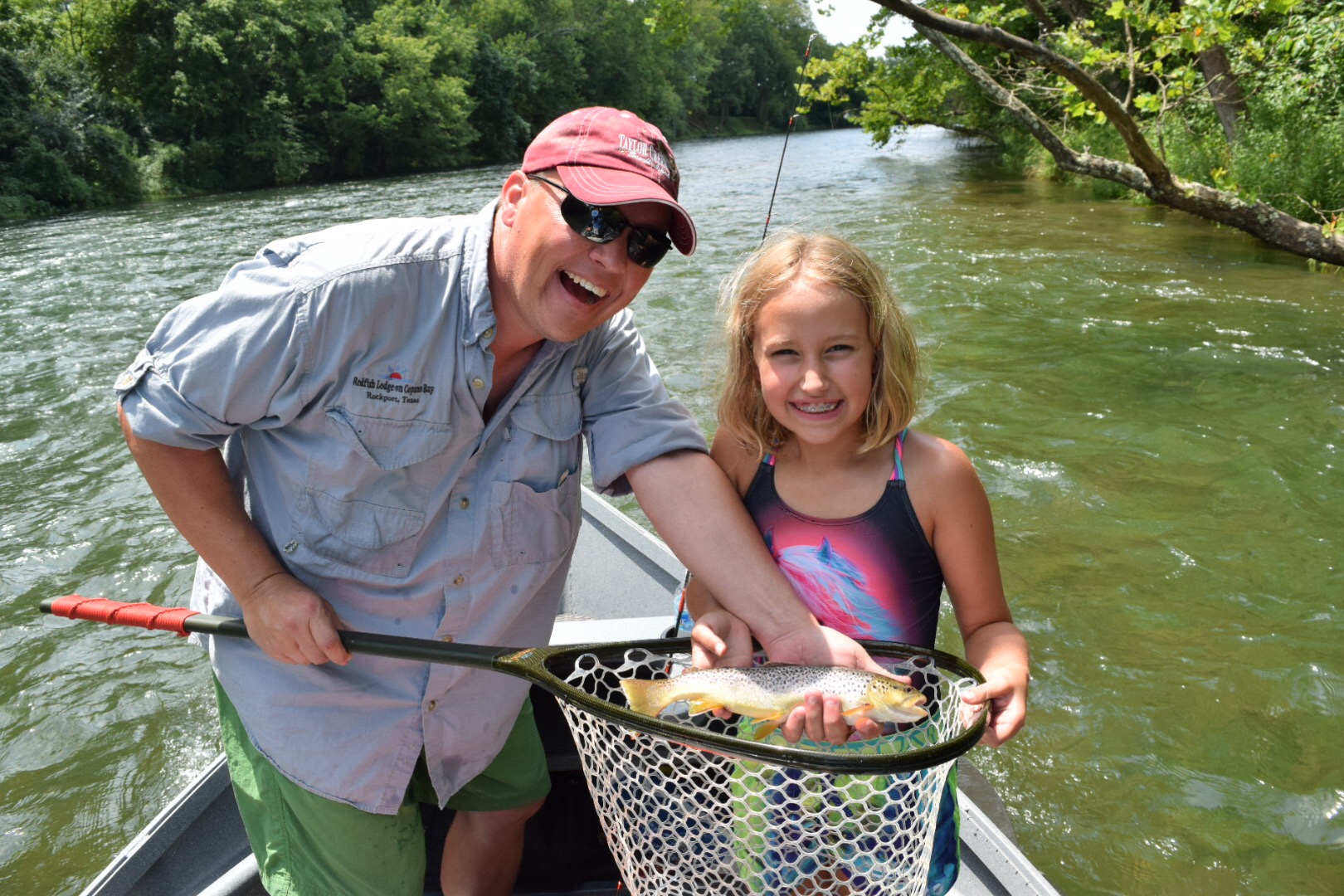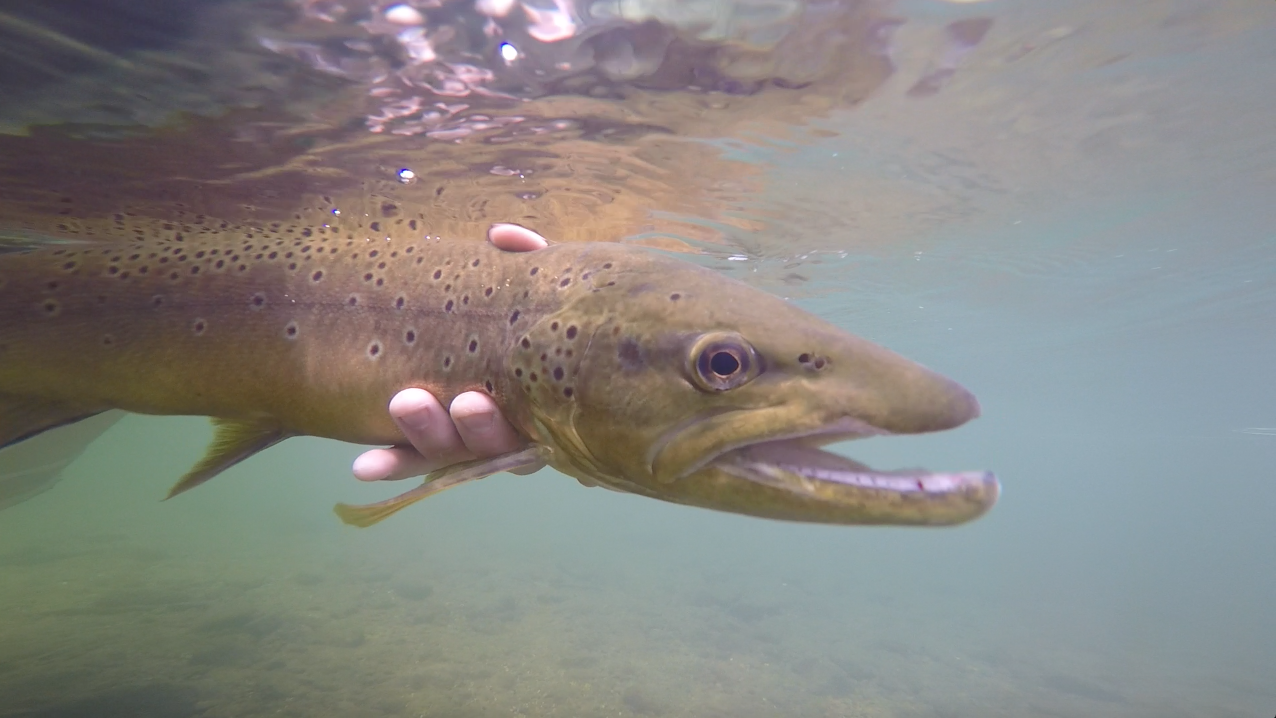PBS VIDEO FEATURE
Pigeon River Water Quality
In summer 2023, PBS contacted founder and owner of Asheville Fly Fishing Company, Galen Kipar, to discuss the aftermath of the paper mill in Canton and its impacts on the Pigeon River. Galen along with several others met up with PBS to share their knowledge and passion for the Pigeon River. The video was produced by PBS and released in Spring of 2024. Since the paper mill shut down, biologists are already reporting positive signs of water quality and aquatic life. Check out the full video below.
The Pigeon River or “dirty bird” begins its descent in NC, and flows northwest into TN, where it terminates into the French Broad River. (The section of river downstream of Canton, NC, has a tannic water quality, hence the nickname.) Several miles upstream in Pisgah National Forest, its headwaters are pristine with large boulder gardens and dramatic elevation change, making for scenic waterfalls and plunge pools. Throughout its headwaters downstream to Canton, anglers will find both wild and stocked trout. Below Waterville Dam, the Pigeon is a tailwater and considered a trophy smallmouth bass river with fish averaging 1-4 lbs. This section of river has it all and historically holds the most diverse fish species of all the Tennessee rivers. During summer months, Duke Power regulates a recreational flow schedule. These regular high flows increase oxygen content and decrease water temperature, which provide ideal conditions for abundant aquatic life. The Pigeon River is a year-round fishery. ~ Galen Kipar
